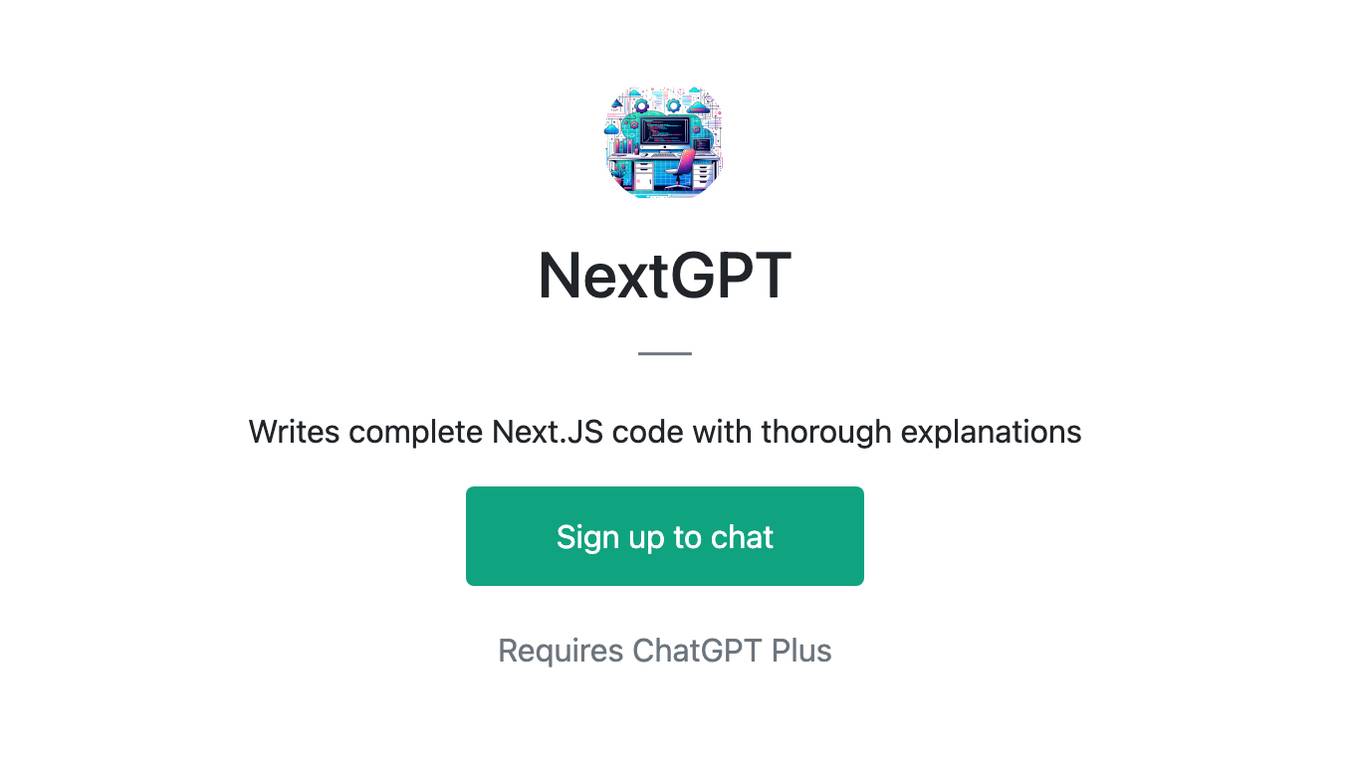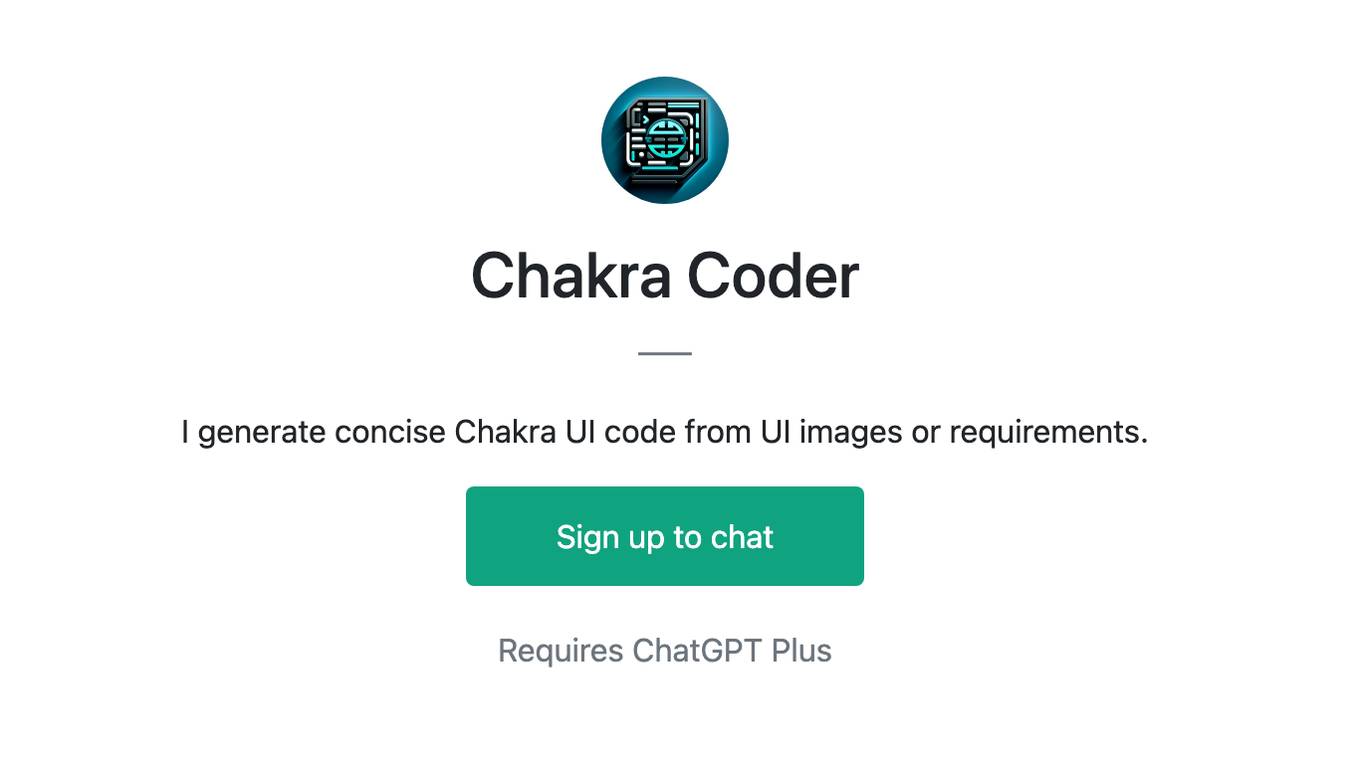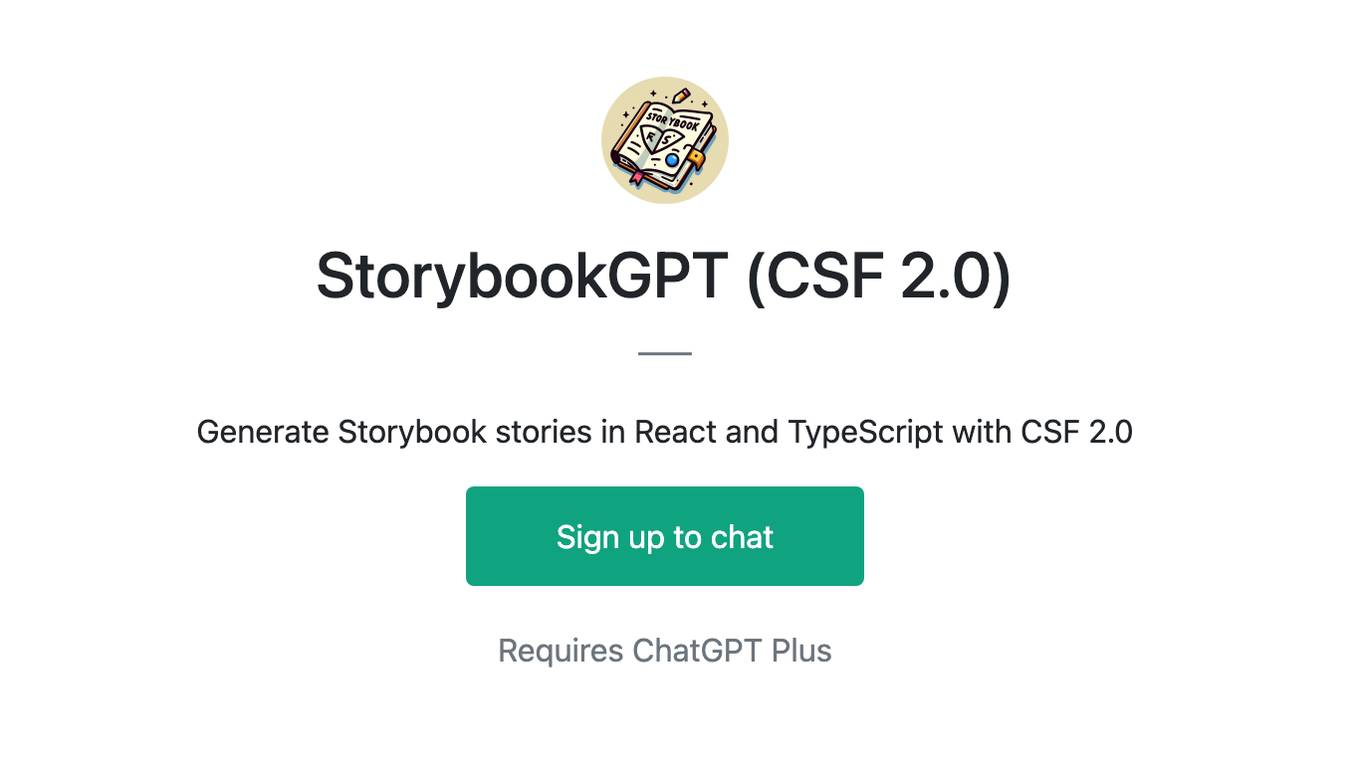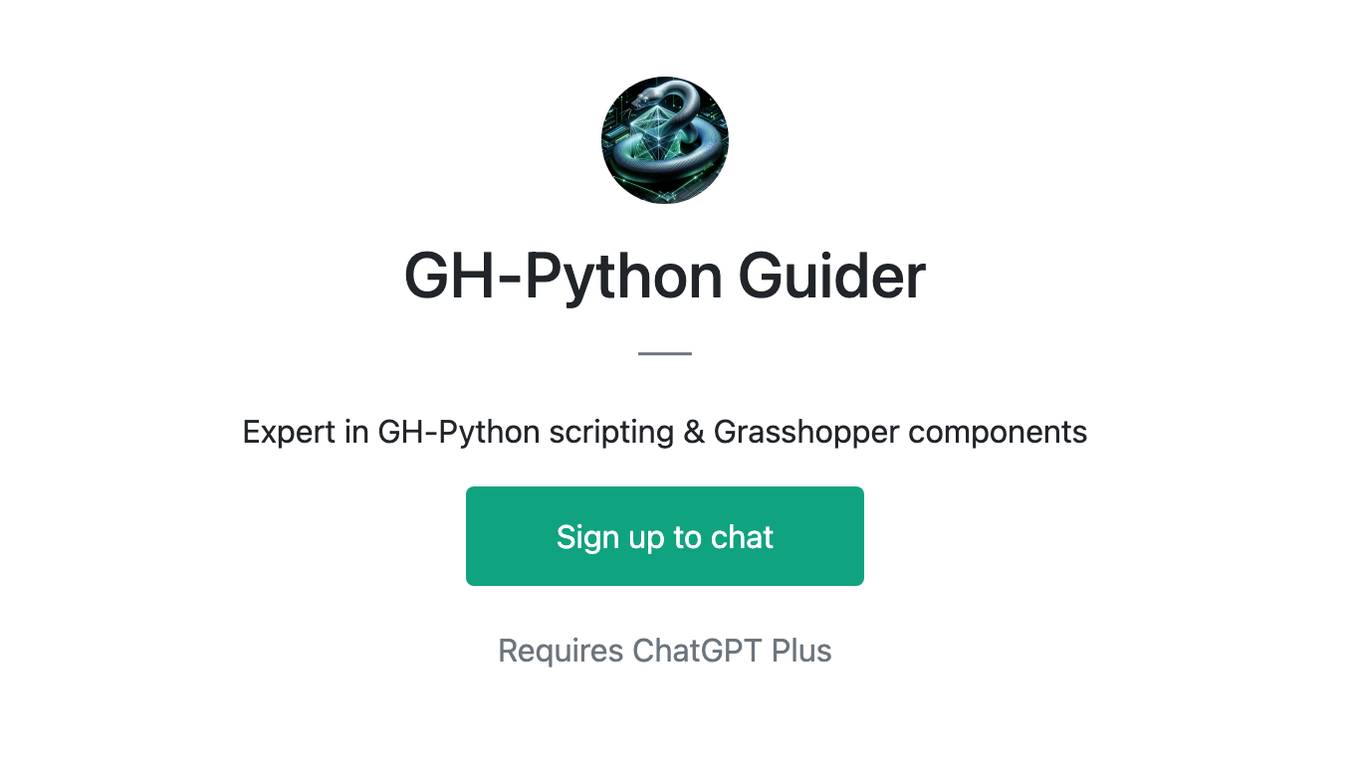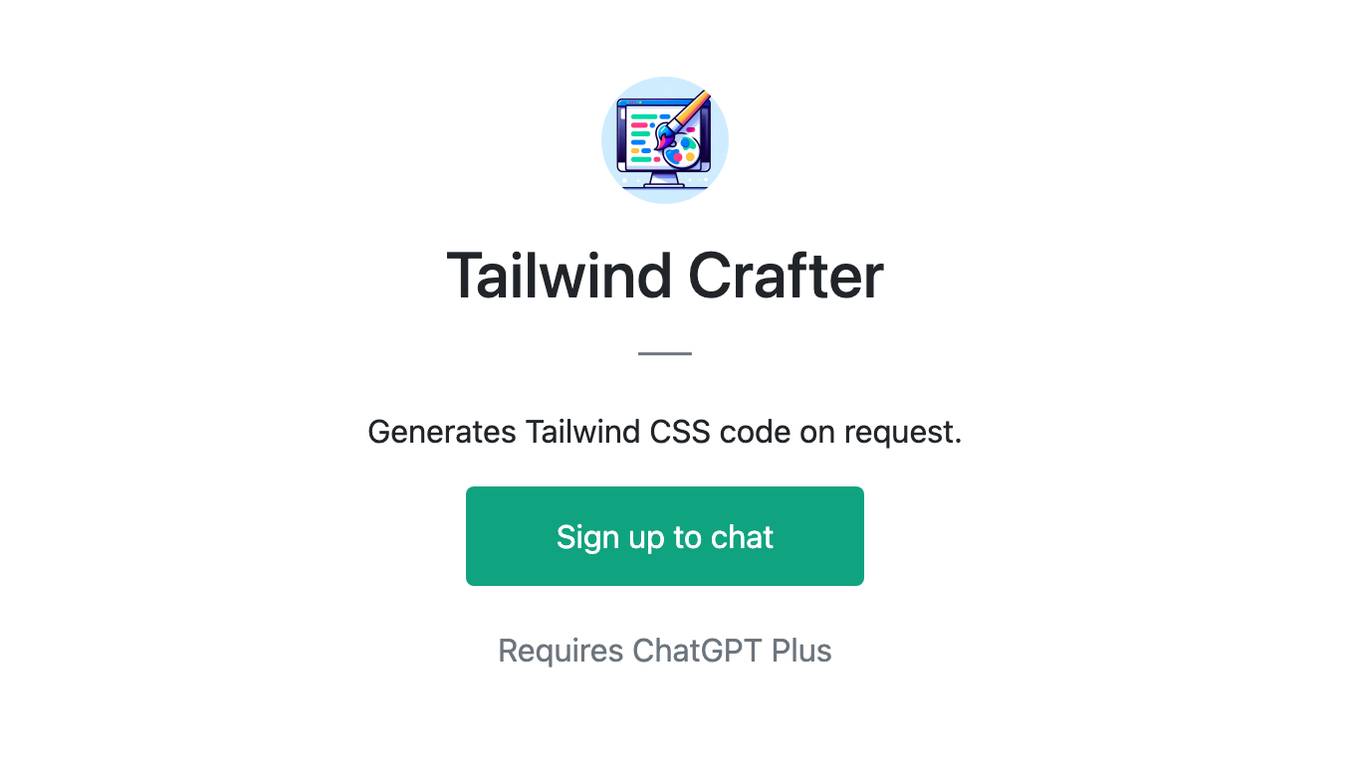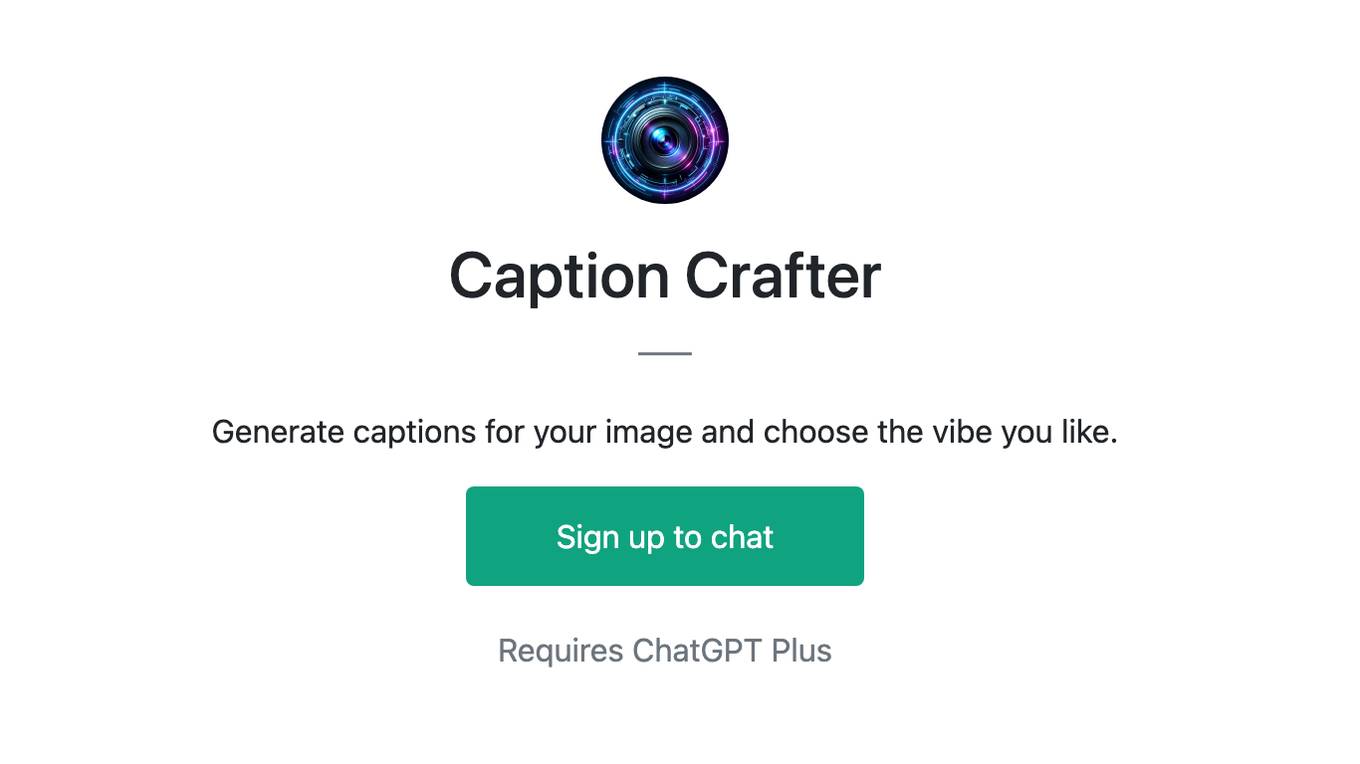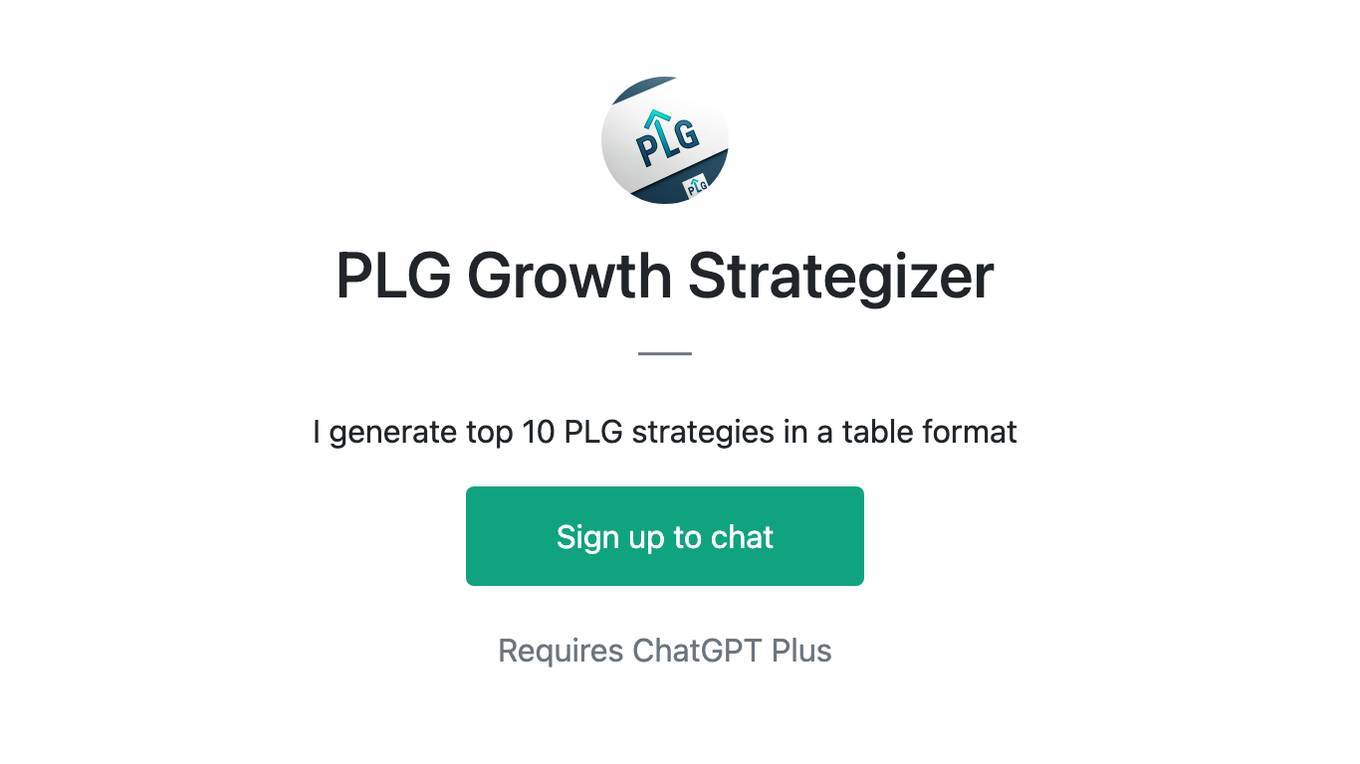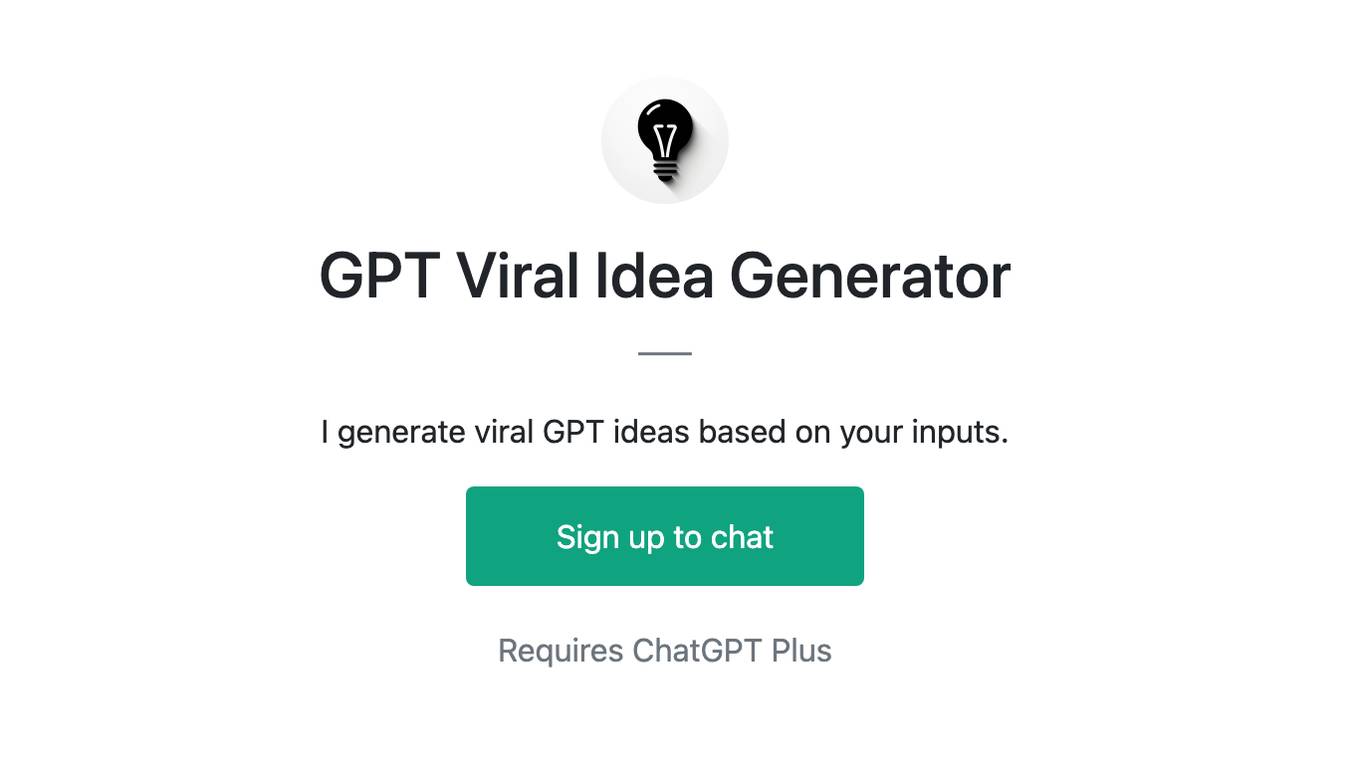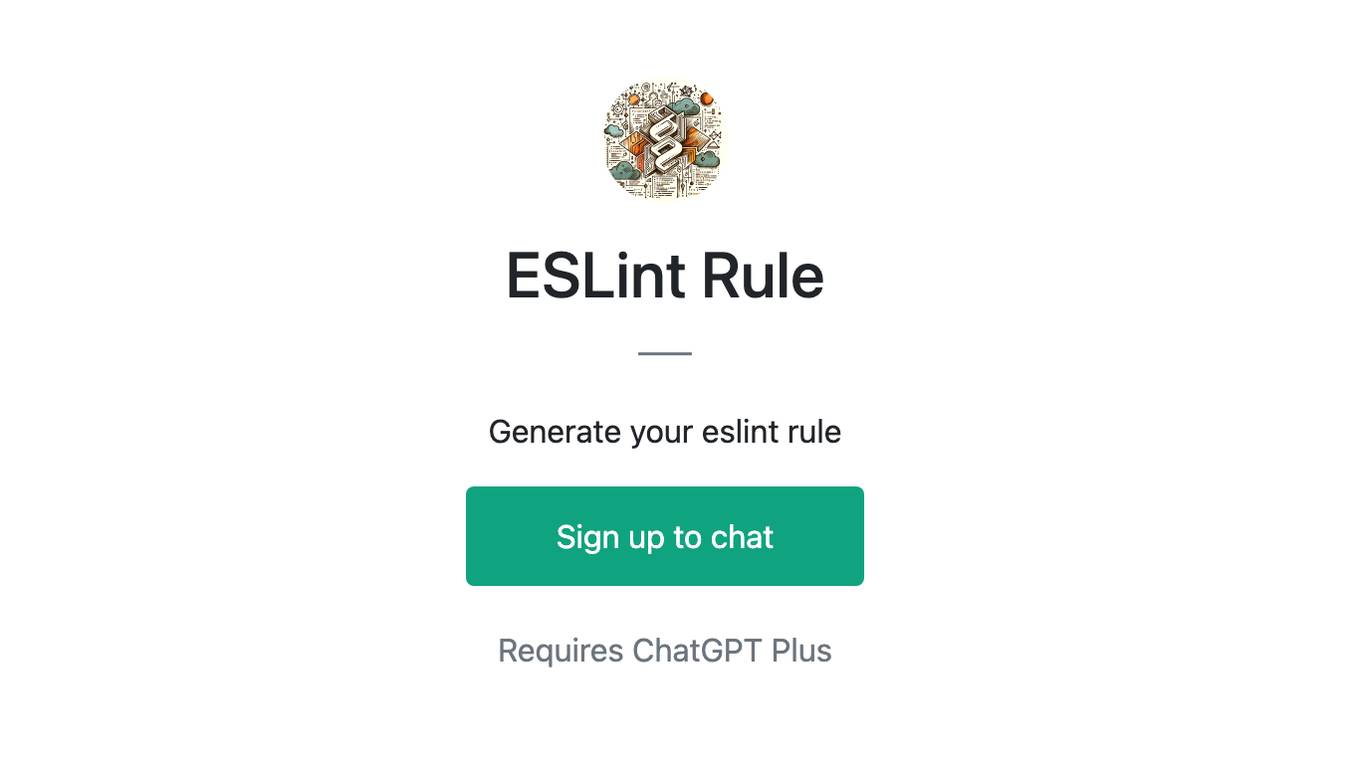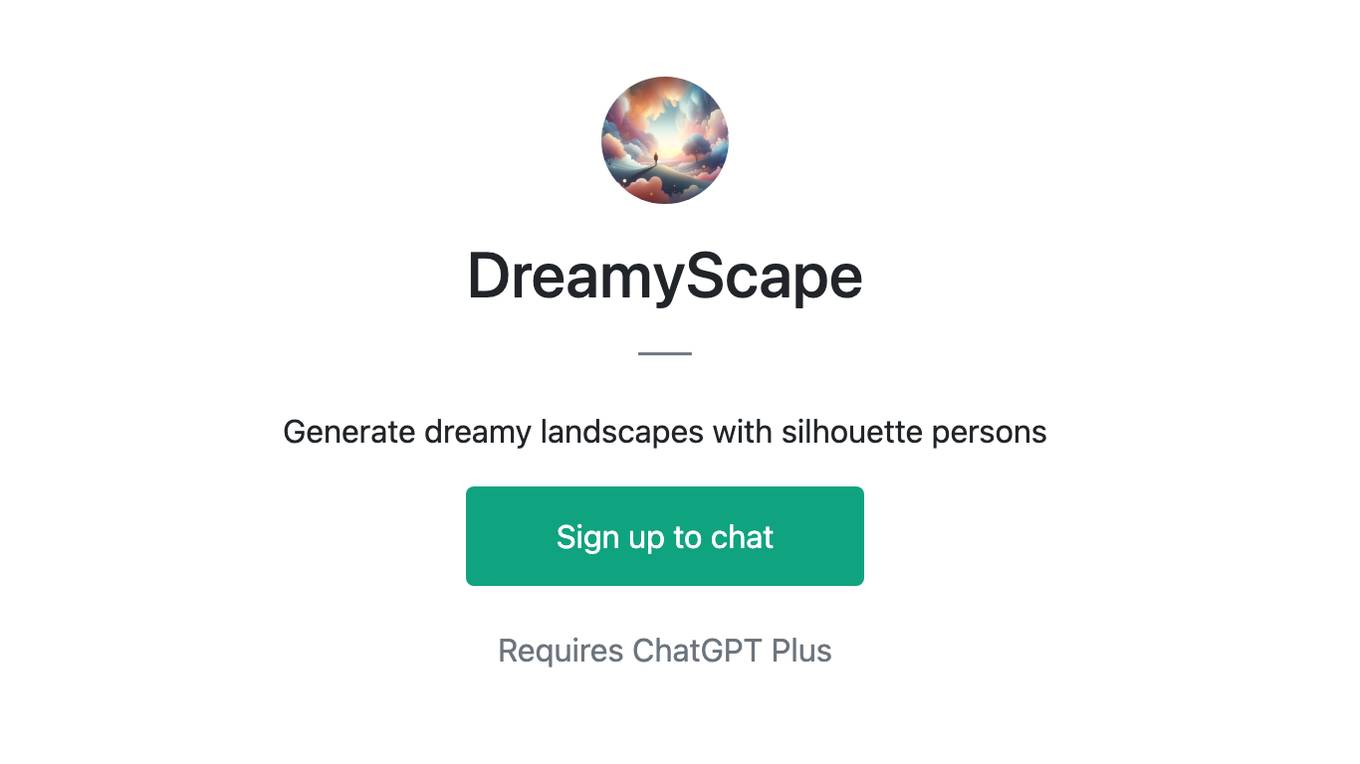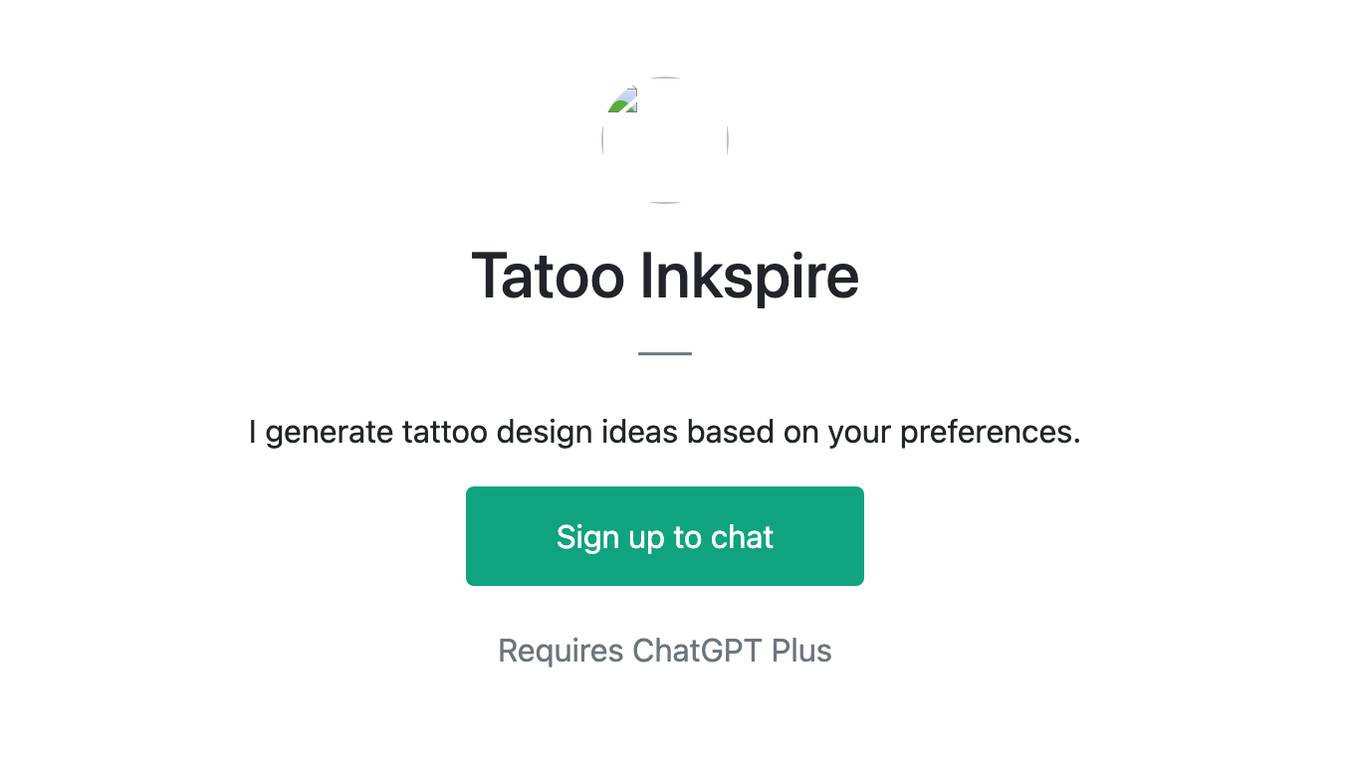Best AI tools for< Generate Component Documentation >
20 - AI tool Sites
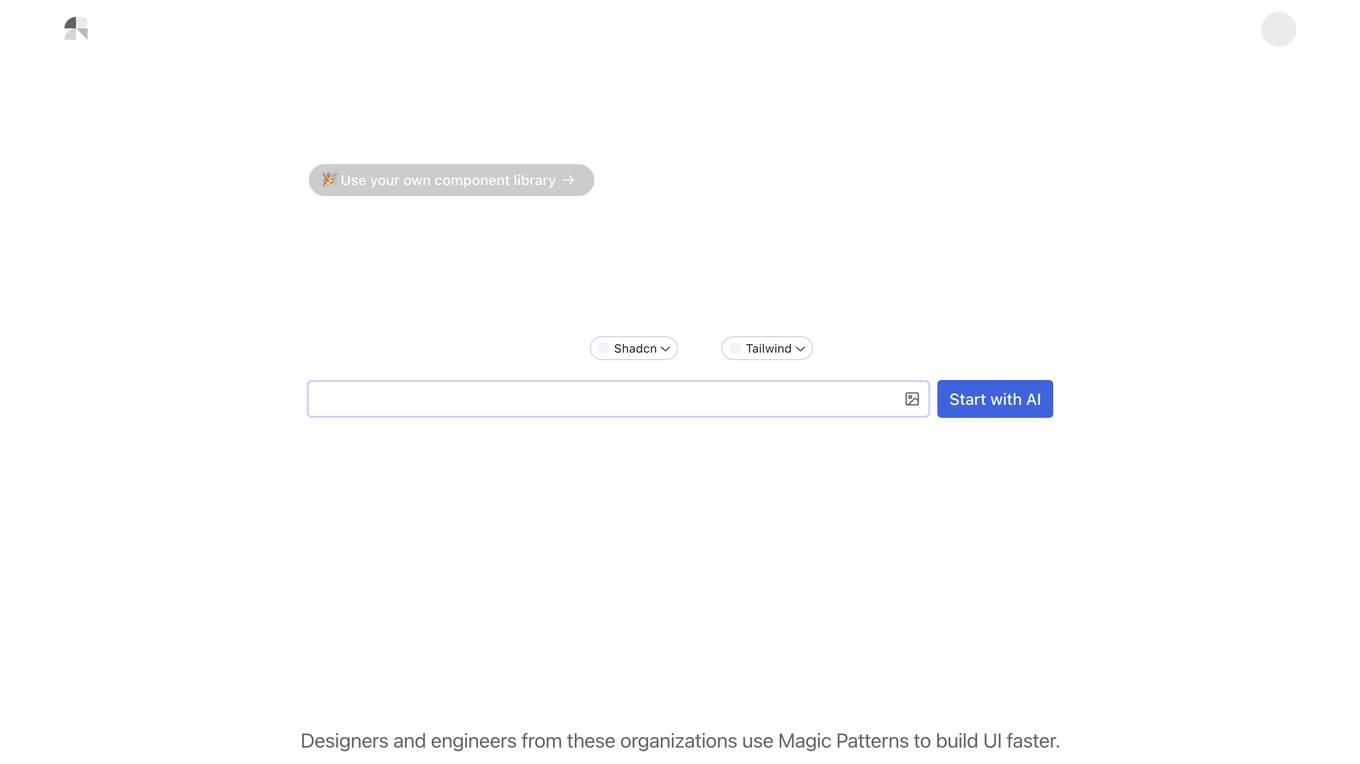
Magic Patterns
Magic Patterns is an AI prototyping platform designed for product teams to build prototypes, gather user feedback, and make data-driven decisions. It generates UI designs that match existing products, allowing users to explore new ideas quickly. The platform facilitates rapid prototyping, team collaboration, and enterprise-level security and compliance. Magic Patterns is trusted by a diverse range of customers and has received positive feedback for its innovative approach to design system tools.
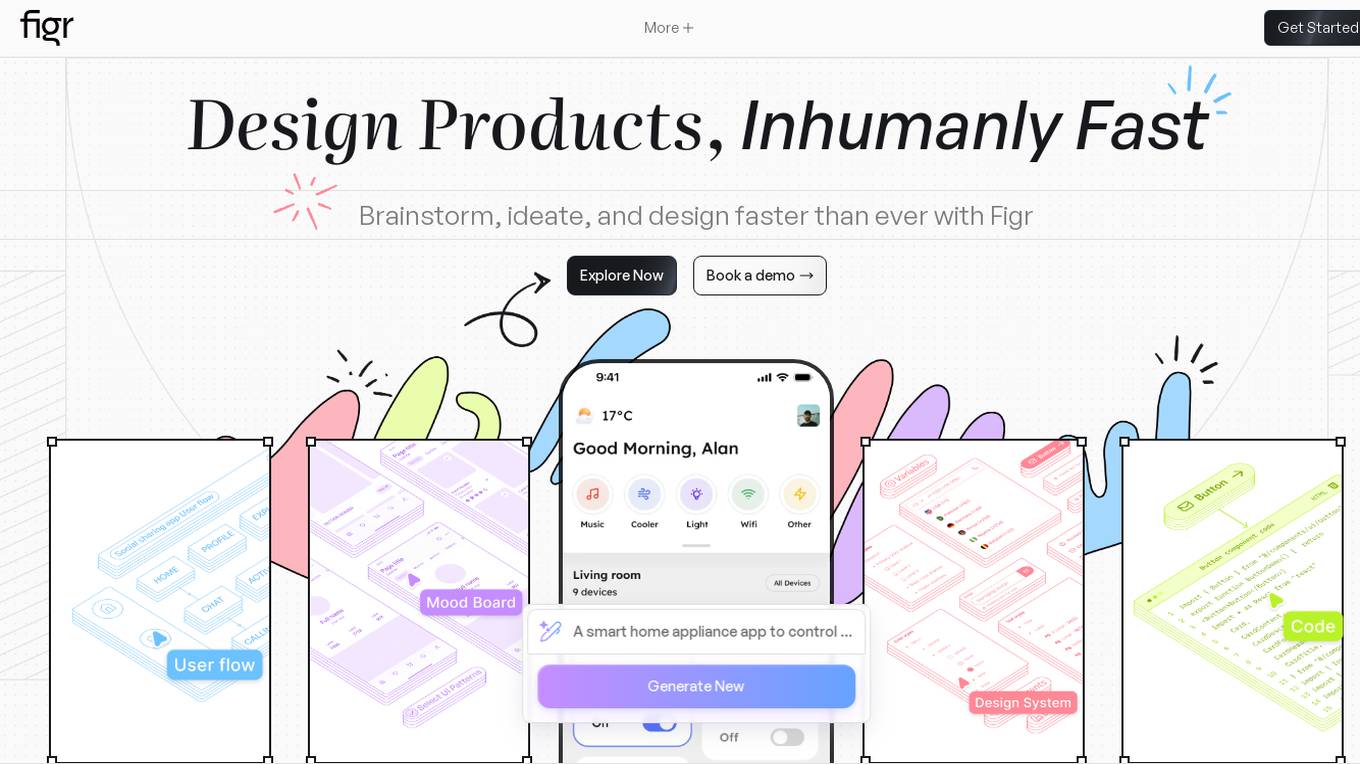
Figr
Figr is an AI-driven platform that specializes in UI design and workflow optimization. It leverages artificial intelligence to streamline the design process, making it more efficient and user-friendly. With Figr, users can create stunning user interfaces with ease, thanks to its intuitive tools and smart suggestions. The platform caters to both beginners and experienced designers, offering a range of features to enhance productivity and creativity. Figr aims to revolutionize the way UI design is approached by integrating AI technology seamlessly into the workflow.
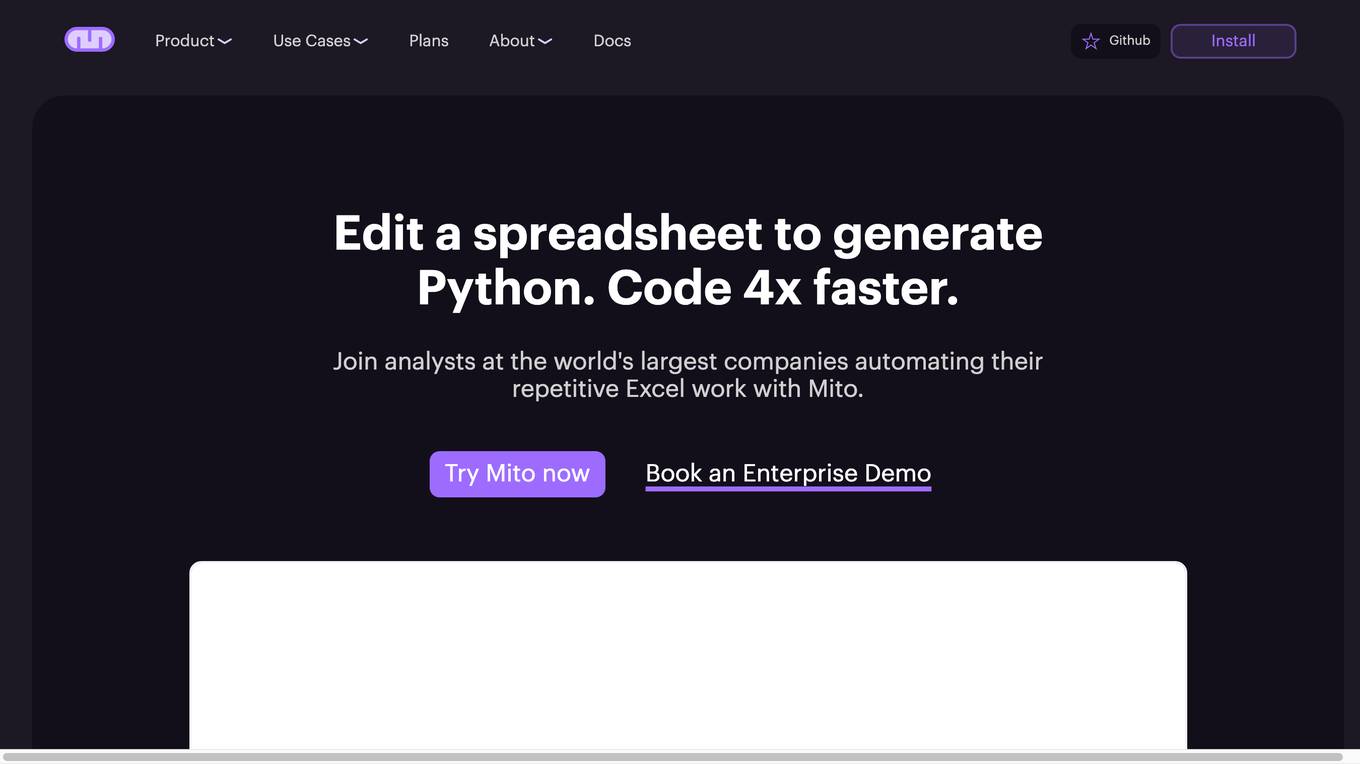
Mito
Mito is a low-code data app infrastructure that allows users to edit spreadsheets and automatically generate Python code. It is designed to help analysts automate their repetitive Excel work and take automation into their own hands. Mito is a Jupyter extension and Streamlit component, so users don't need to set up any new infrastructure. It is easy to get started with Mito, simply install it using pip and start using it in Jupyter or Streamlit.
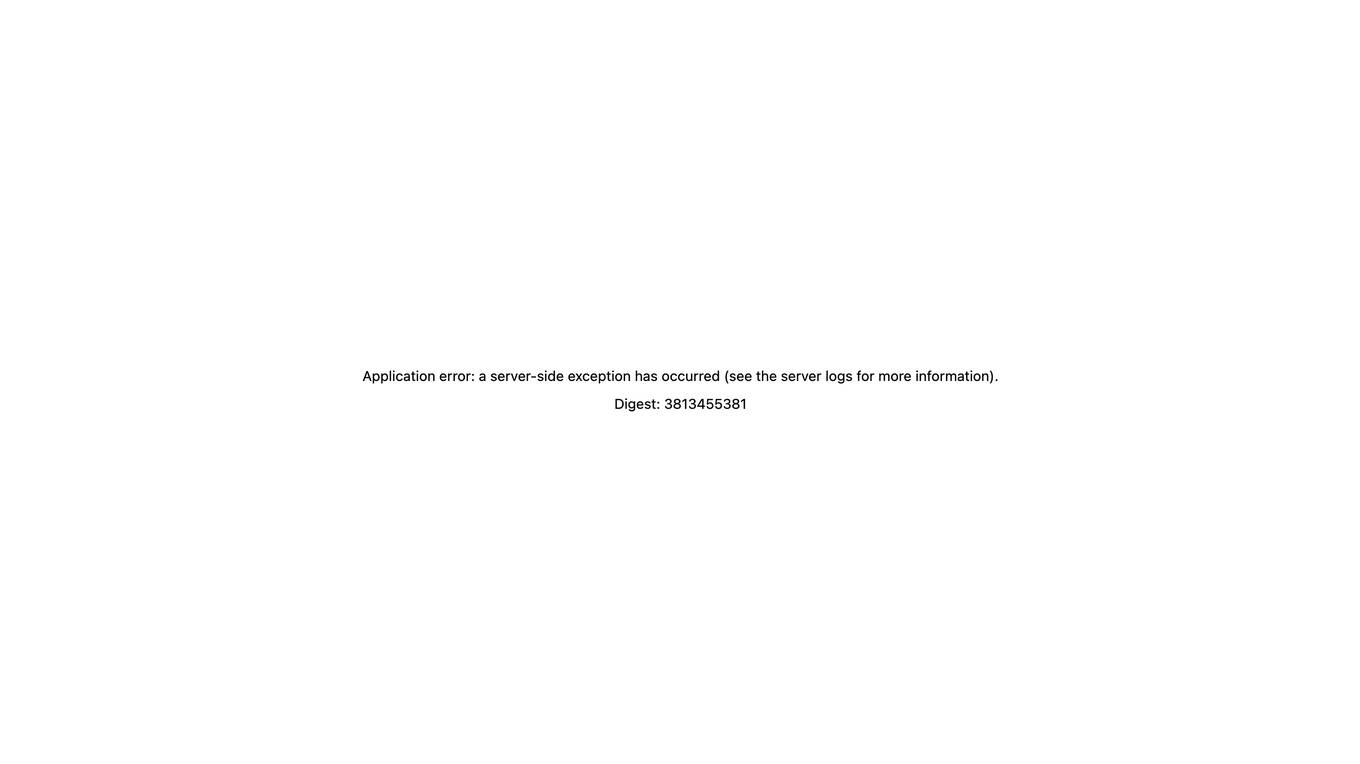
AIComponent.dev
AIComponent.dev is an AI-powered component generator that allows users to create UI components quickly and easily. The platform enables users to engage in conversation, design stunning components, and develop code seamlessly in one place. By describing their desired component in a few words, users can generate product cards, contact forms, navigation menus, and more with the assistance of AI technology. AIComponent.dev aims to streamline the component creation process and enhance the efficiency of UI development.
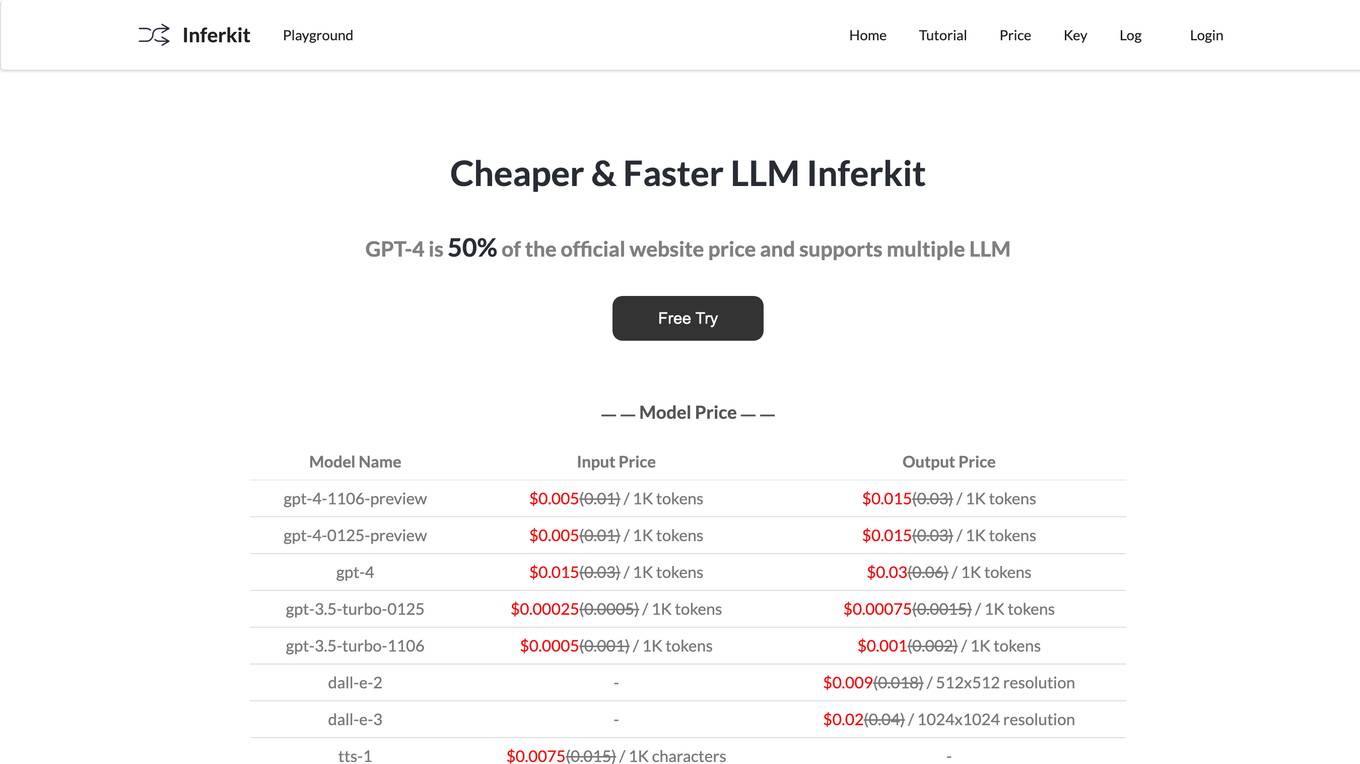
Inferkit AI
Inferkit AI is an AI tool that offers a cheaper and faster LLM router. It provides users with the ability to generate text content efficiently and cost-effectively. The tool is designed to assist users in creating various types of written content, such as articles, stories, and more, by leveraging advanced language models. Inferkit AI aims to streamline the content creation process and enhance productivity for individuals and businesses alike.
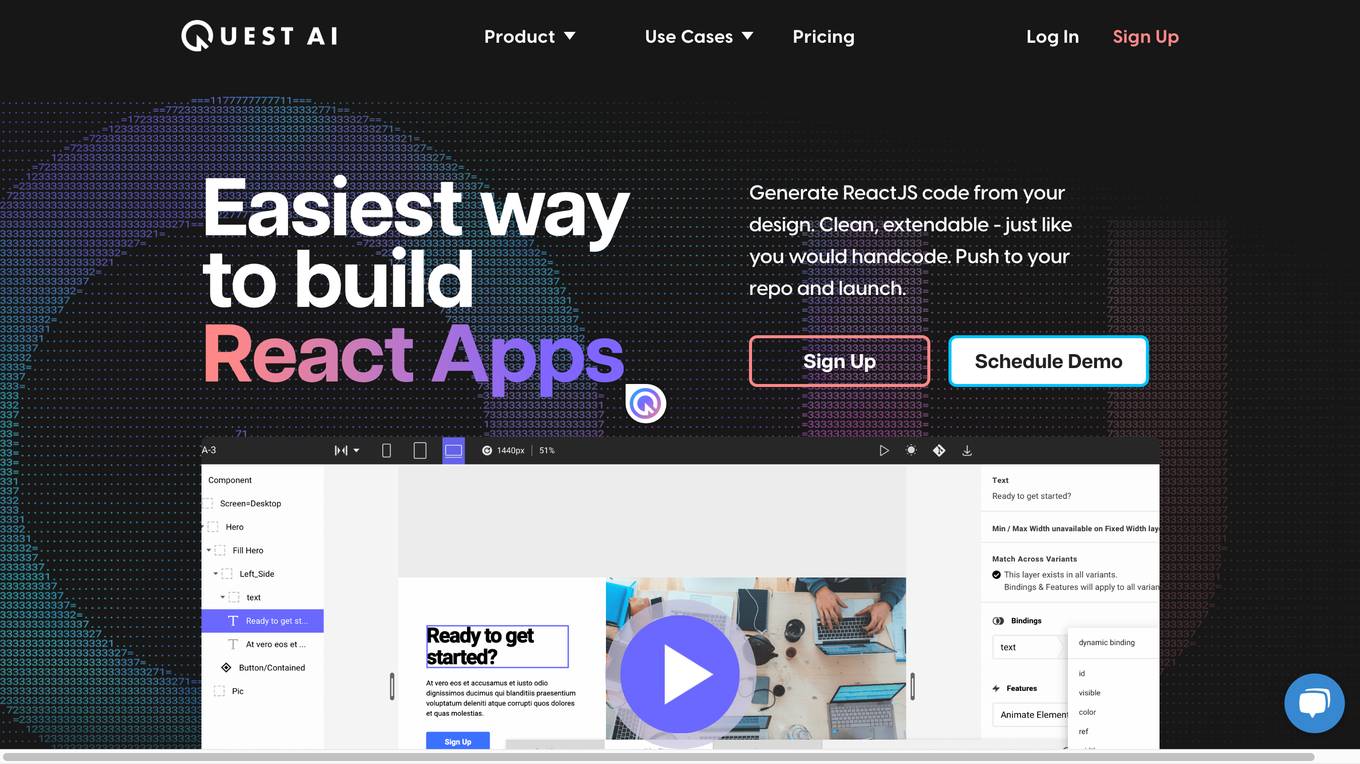
Quest
Quest is a web-based application that allows users to generate React code from their designs. It incorporates AI models to generate real, useful code that incorporates all the things professional developers care about. Users can use Quest to build new applications, add to existing applications, and create design systems and libraries. Quest is made for development teams and integrates with the design and dev tools that users love. It is also built for the most demanding product teams and can be used to build new applications, build web pages, and create component templates.
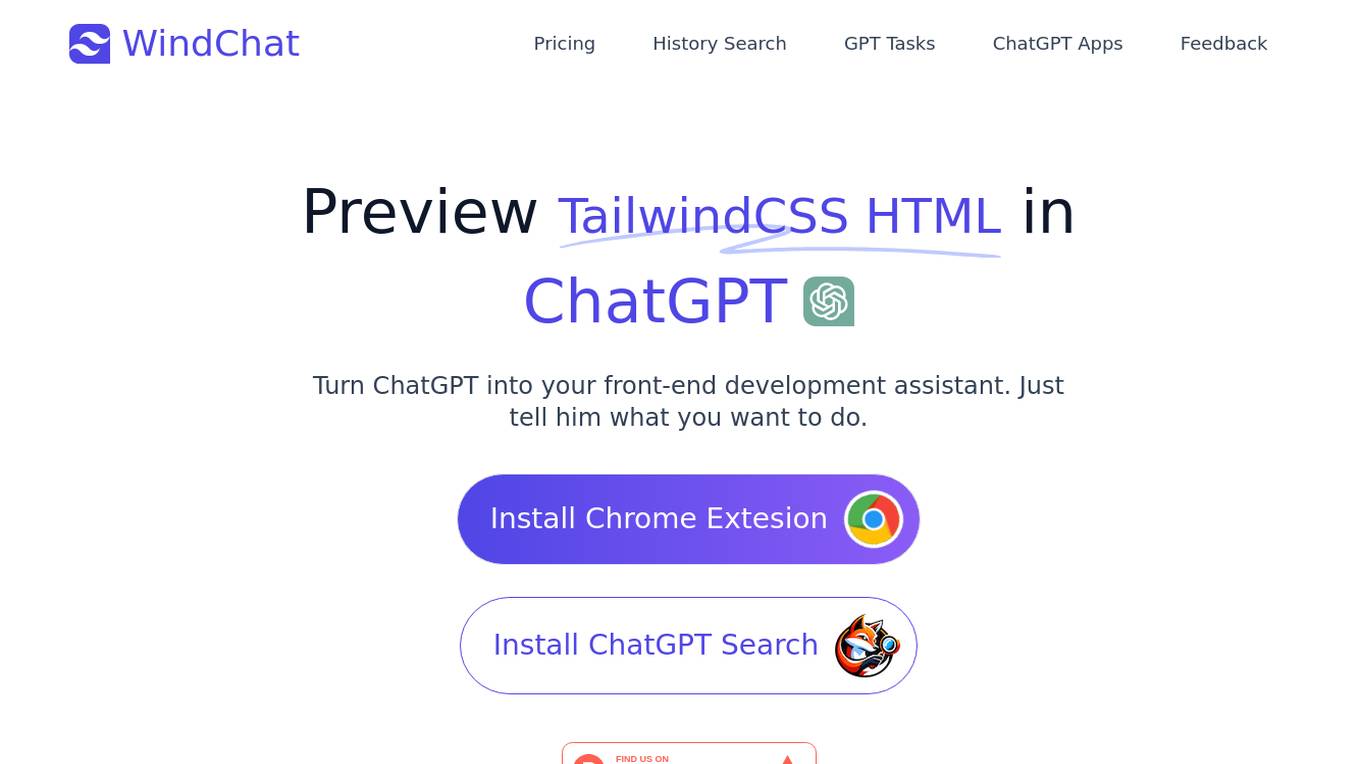
WindChat
WindChat is an AI tool that allows users to preview TailwindCSS HTML in ChatGPT. It serves as a front-end development assistant, helping users design pages or components with beautiful styles. Users can interact with ChatGPT to generate HTML code based on provided component details, images, or icons. WindChat offers a variety of features to streamline front-end development tasks and enhance UI design.
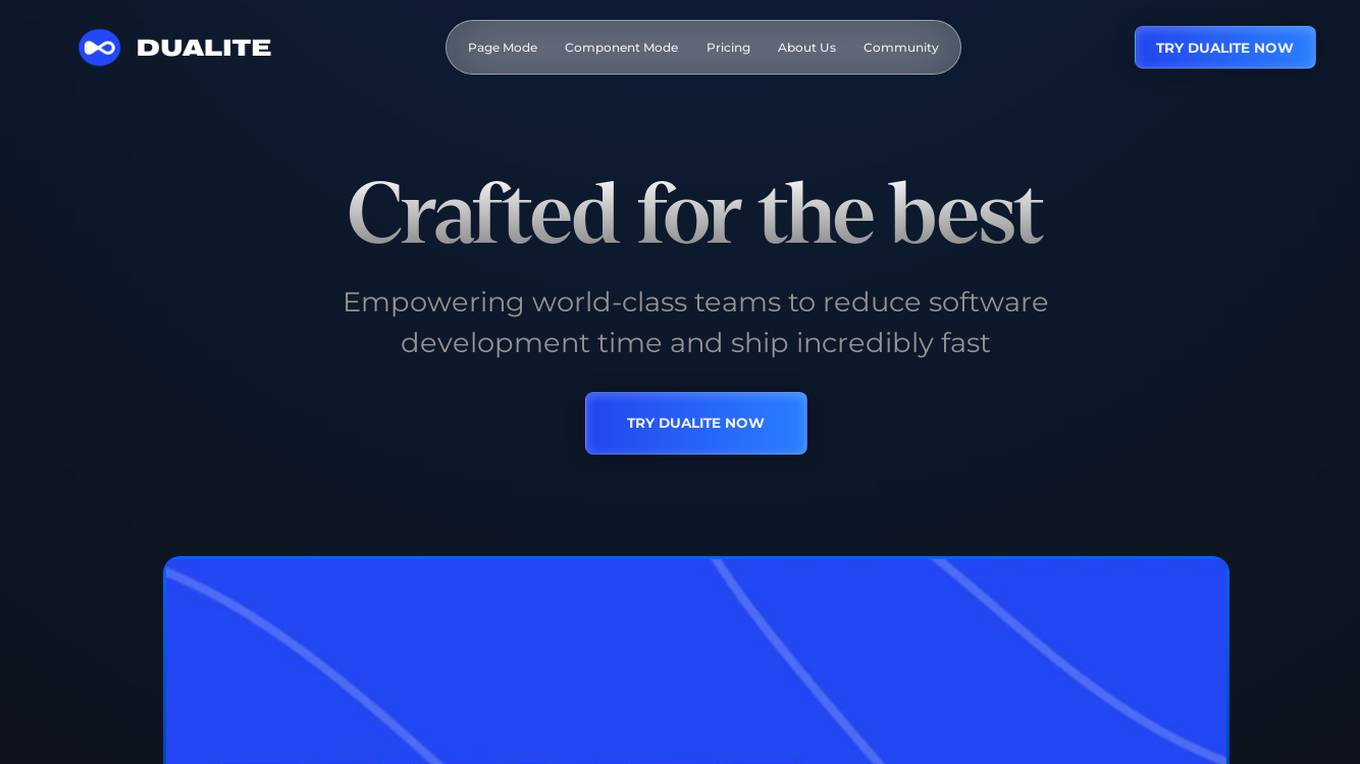
Dualite
Dualite is an AI-powered tool designed to automate frontend development by converting UI designs and prototypes into high-quality and reusable code. It aims to expedite product development speed significantly by streamlining the workflow and bridging the gap between designers and developers. Dualite offers two modes - Page Mode for designers and Component Mode for developers, with features such as fast conversion of complex designs to code, generating high-quality reusable code components, and understanding design semantics using AI. The tool is trusted by over 12K users and has received positive feedback for its accuracy, simplicity, and time-saving capabilities.
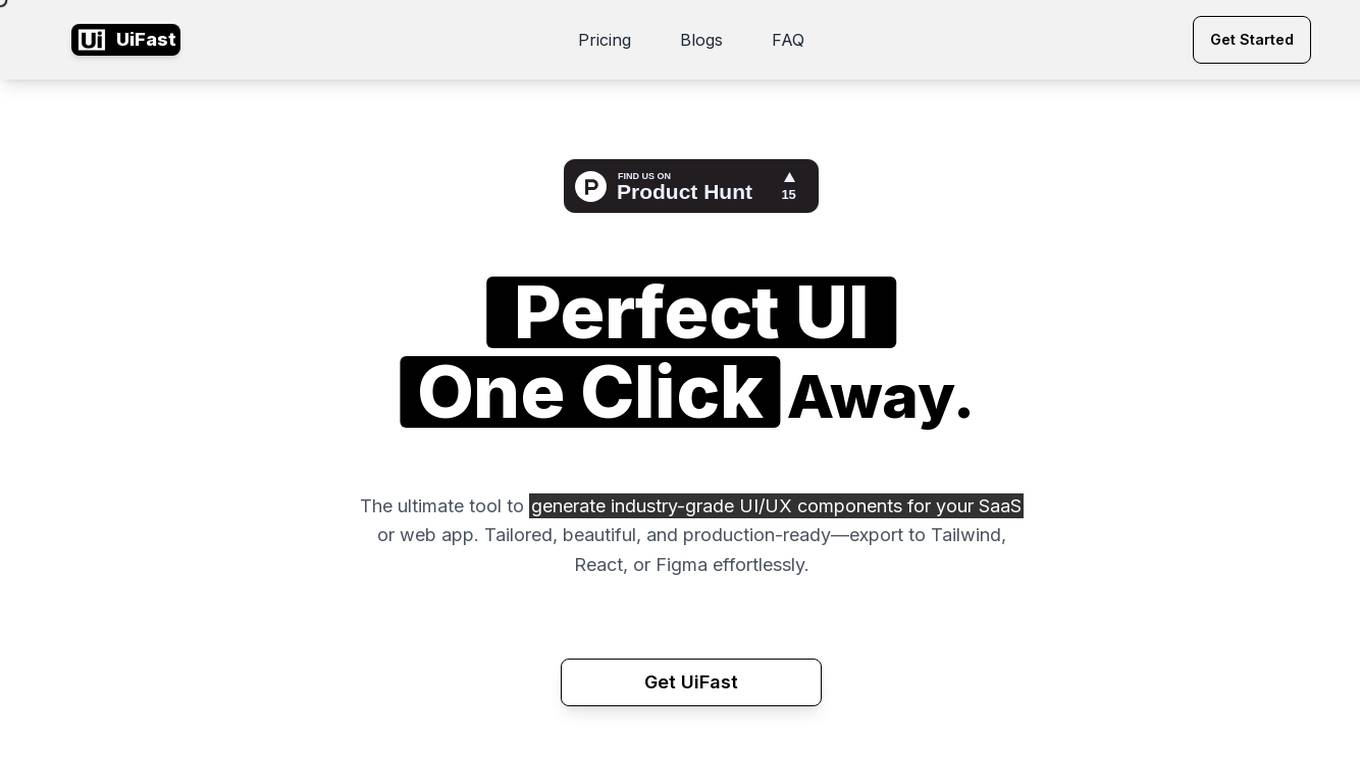
UiFast
UiFast is an AI-powered tool designed to help users generate industry-grade UI/UX components for SaaS or web applications effortlessly. It offers tailored and beautiful components that are production-ready, allowing users to export to Tailwind, React, or Figma seamlessly. With features like Component Generator, Responsive by Default, Customizable Themes, and Export Ready Code, UiFast aims to streamline the UI design process and save time for developers. The tool also provides different pricing plans to cater to users' needs, from basic features in UiFast Lite to advanced prompt models in UiFast Turbo and exclusive beta features in UiFast Beta.
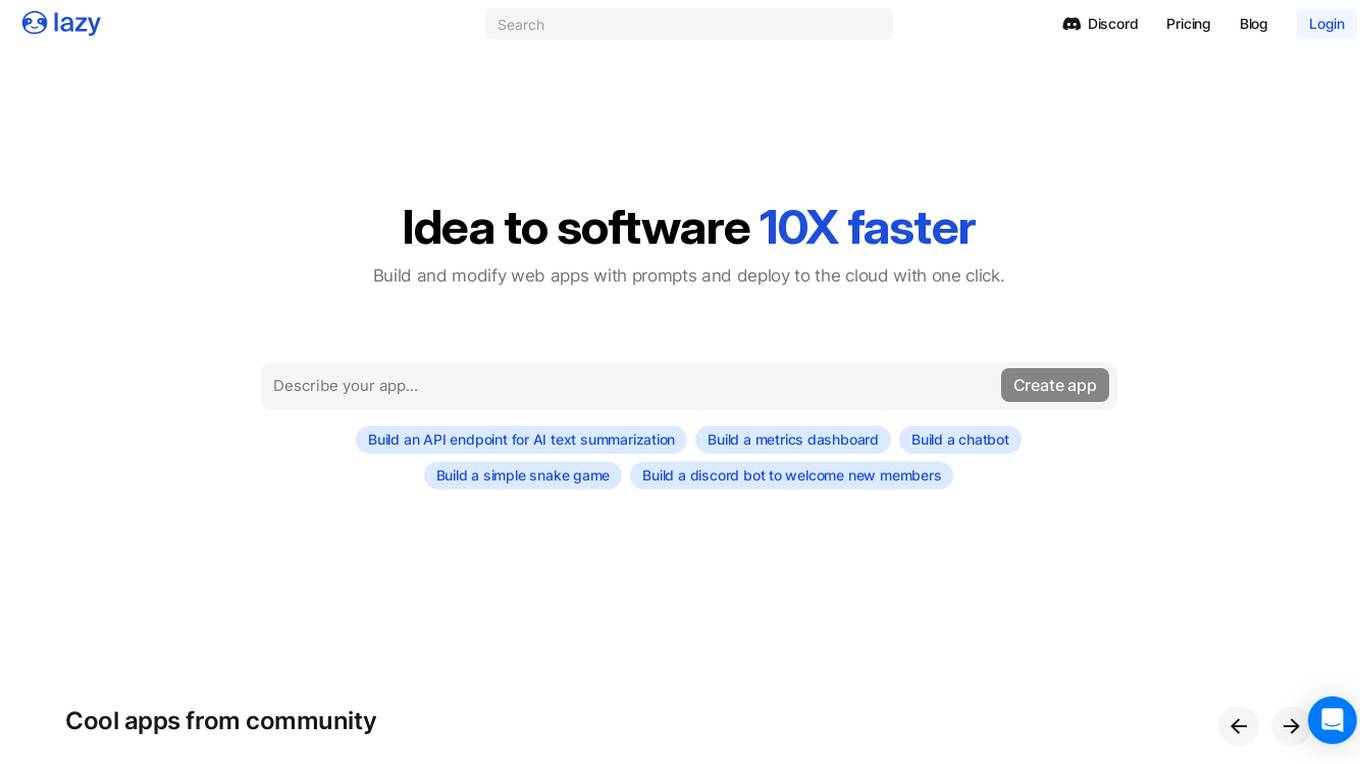
Lazy AI
Lazy AI is a platform that enables users to build full stack web applications 10 times faster by utilizing AI technology. Users can create and modify web apps with prompts and deploy them to the cloud with just one click. The platform offers a variety of features including AI Component Builder, eCommerce store creation, Crypto Arbitrage Scraper, Text to Speech Converter, Lazy Image to Video generation, PDF Chatbot, and more. Lazy AI aims to streamline the app development process and empower users to leverage AI for various tasks.
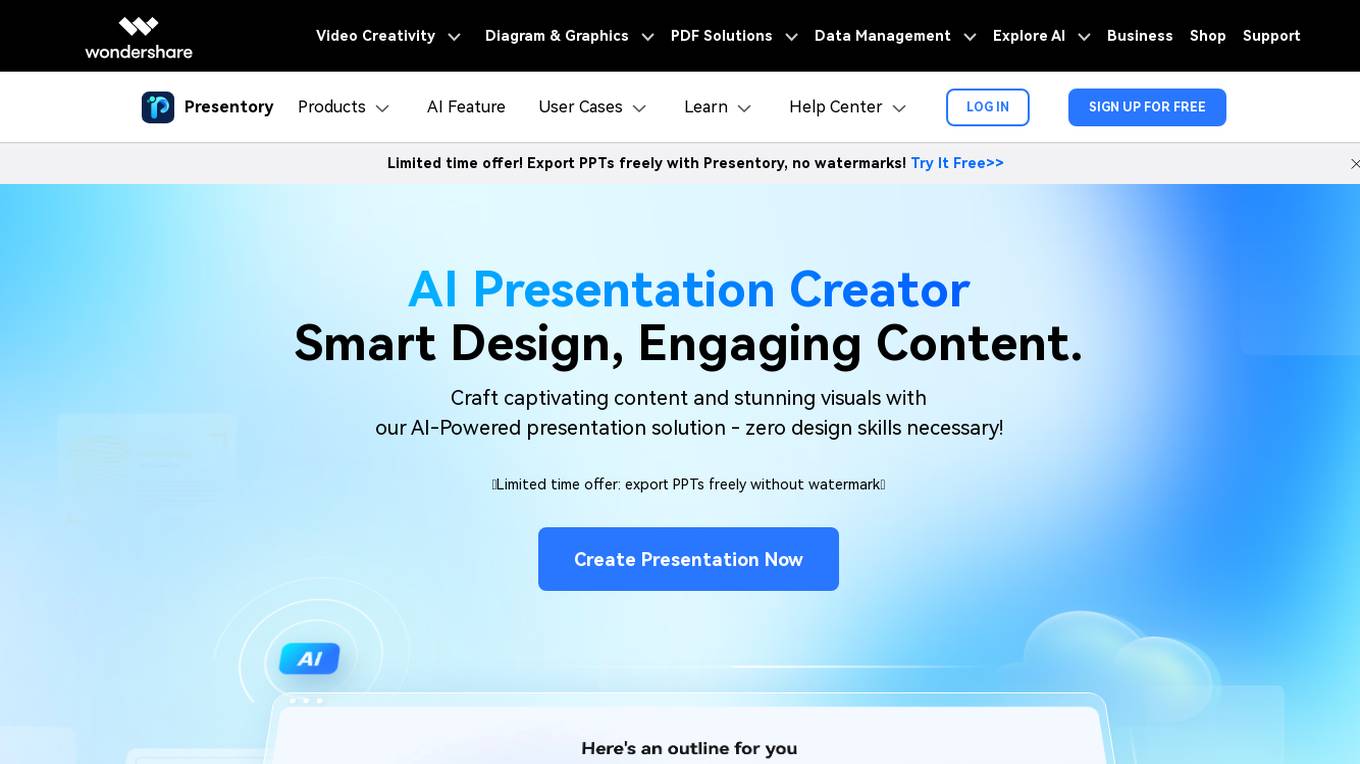
Presentory
Wondershare Presentory is an AI-powered presentation maker that helps users create professional-looking presentations with ease. It offers a range of features, including AI-generated content, smart visual generation, and component-based editing. Presentory is suitable for a variety of purposes, including education, corporate training, and product introductions. It is easy to use and can be accessed online or through a desktop application.

Visual Computing & Artificial Intelligence Lab at TUM
The Visual Computing & Artificial Intelligence Lab at TUM is a group of research enthusiasts advancing cutting-edge research at the intersection of computer vision, computer graphics, and artificial intelligence. Our research mission is to obtain highly-realistic digital replica of the real world, which include representations of detailed 3D geometries, surface textures, and material definitions of both static and dynamic scene environments. In our research, we heavily build on advances in modern machine learning, and develop novel methods that enable us to learn strong priors to fuel 3D reconstruction techniques. Ultimately, we aim to obtain holographic representations that are visually indistinguishable from the real world, ideally captured from a simple webcam or mobile phone. We believe this is a critical component in facilitating immersive augmented and virtual reality applications, and will have a substantial positive impact in modern digital societies.
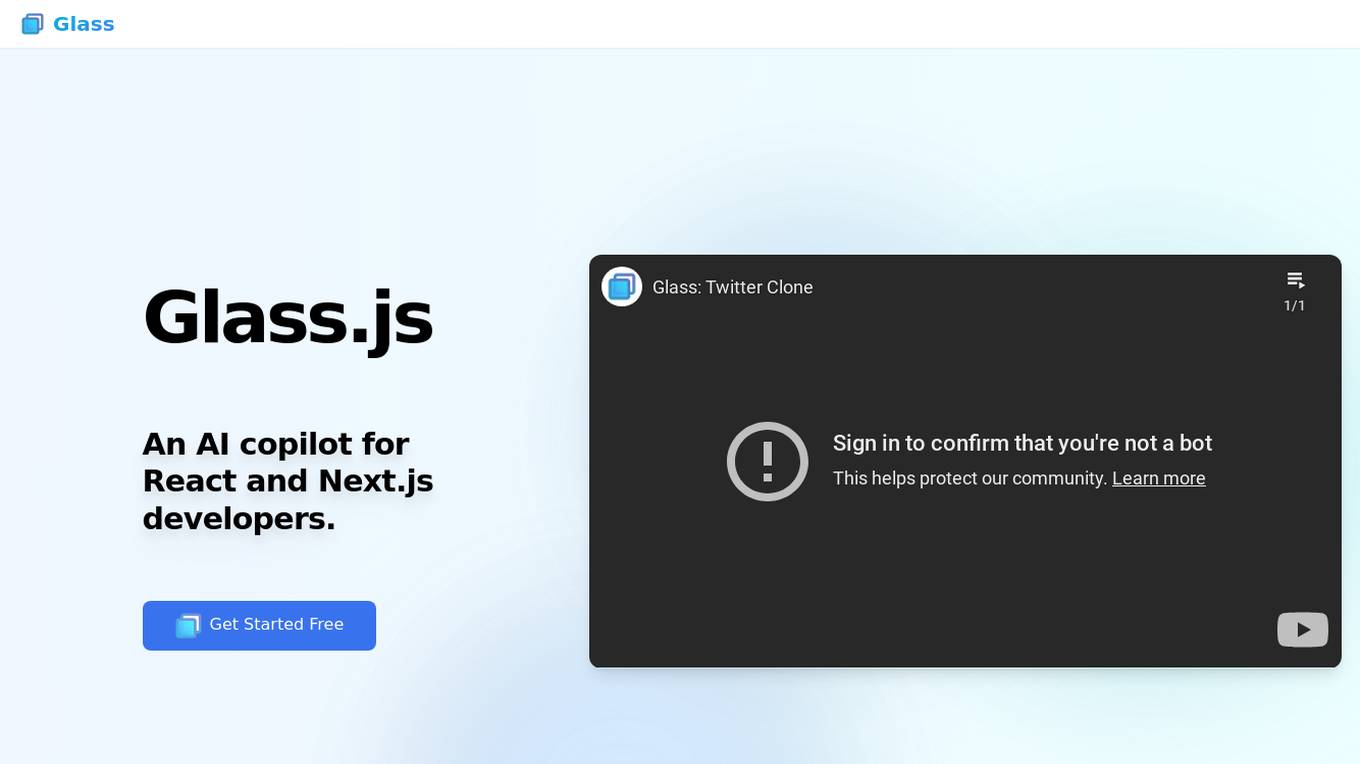
Glass
Glass is an AI copilot designed for React and Next.js developers. It allows users to edit code straight from the browser using AI technology. Glass's AI capabilities include creating components, modifying props, and generating Tailwind CSS. The tool helps developers visualize component structures and easily navigate to source code. Glass is precise and efficient, making React coding faster and more streamlined. It is currently in open beta for startups, with ongoing improvements to its AI functionality.
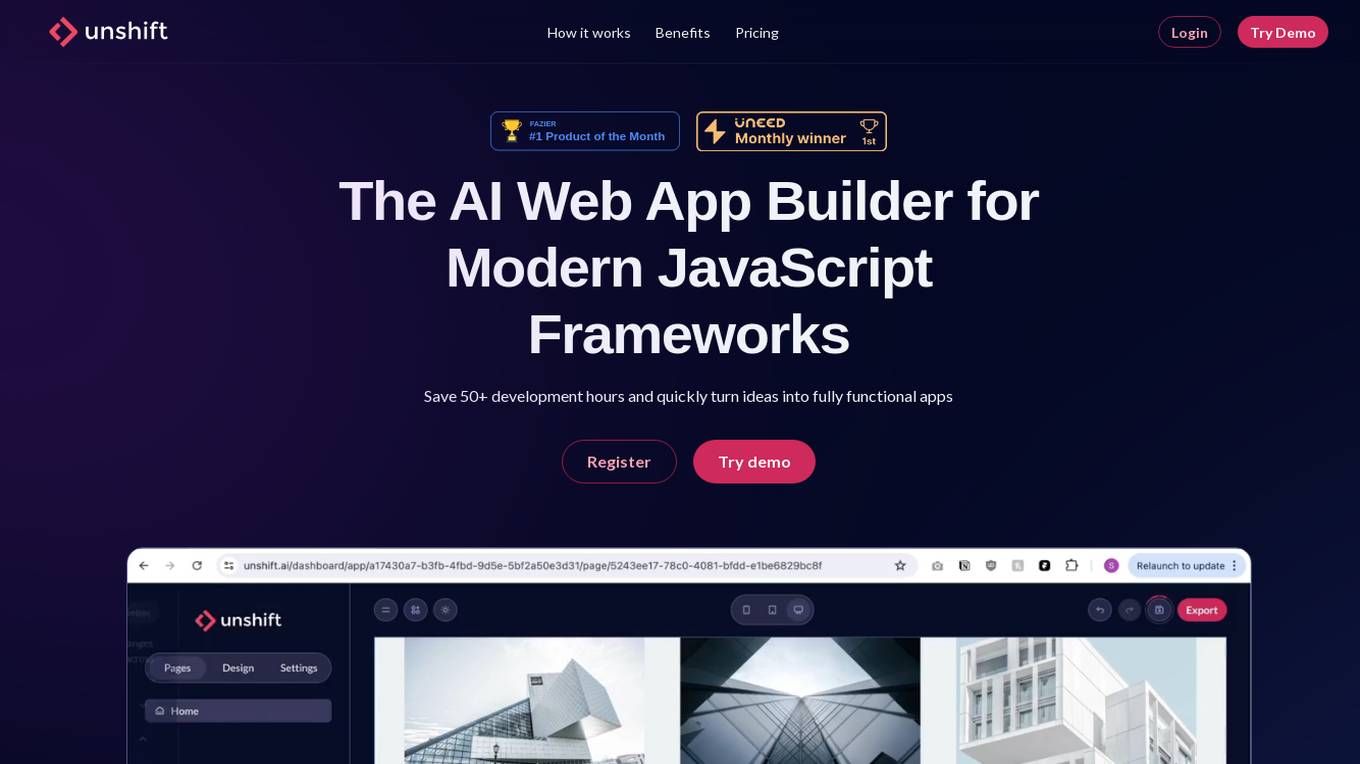
The Web App Builder
The Web App Builder by Unshift AI is an AI-powered platform designed to help users quickly and efficiently create fully functional web applications using modern JavaScript frameworks. With features like an advanced editor, support for various frameworks, and access to professionally written code, the platform streamlines the app development process and saves developers time. Users can easily customize design elements, manage content, and export their apps to different frameworks. The platform also offers AI-generated content, extensive component libraries, and a customizable design system to enhance app development. Overall, The Web App Builder is a comprehensive tool for building web applications with ease and efficiency.
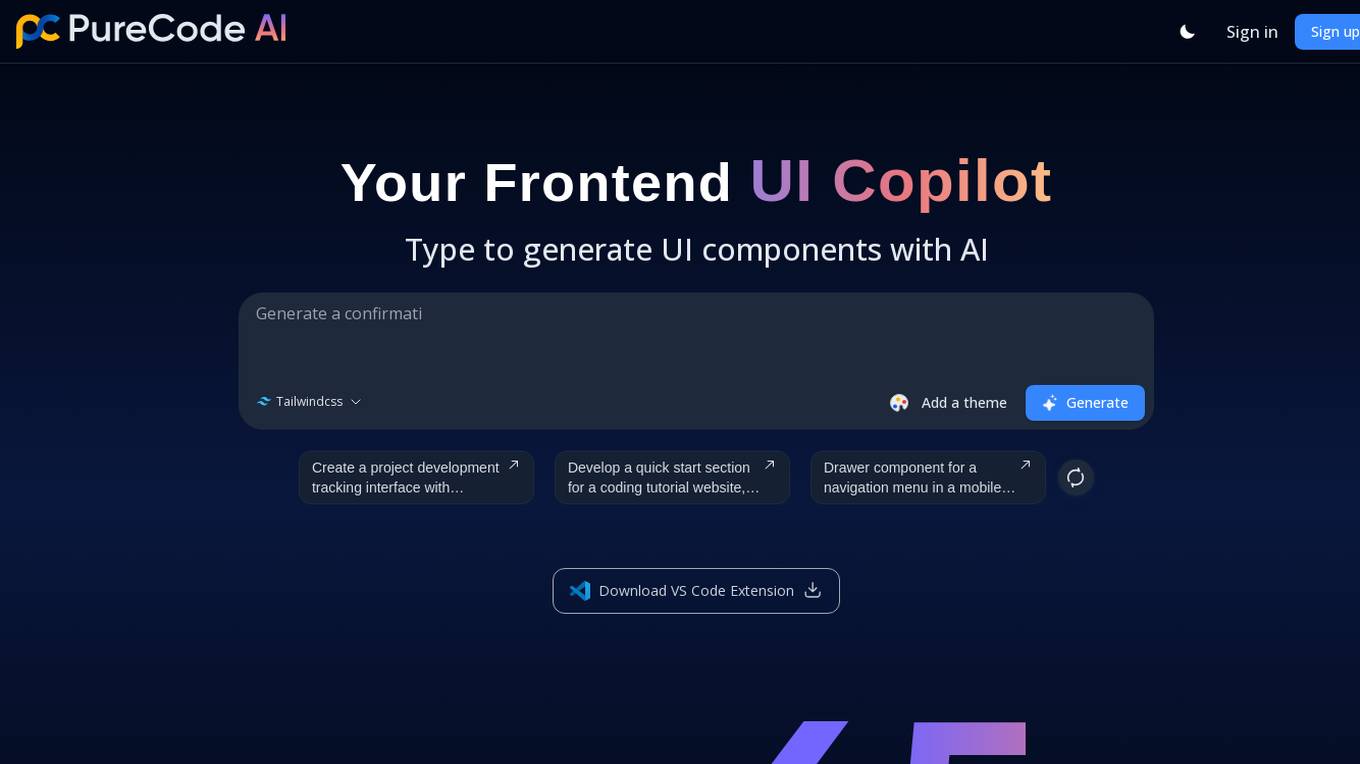
PureCode AI
PureCode AI is an innovative tool that leverages generative AI to assist developers in quickly generating UI components and code snippets for various web development projects. With a focus on streamlining front-end development workflows, PureCode AI offers features such as generating components from text descriptions, creating themes, updating generations efficiently, and providing a VS Code extension for seamless integration. The tool aims to save developers time and effort by automating the process of creating production-ready components across different frameworks like Tailwind CSS, MaterialUI, and plain CSS.
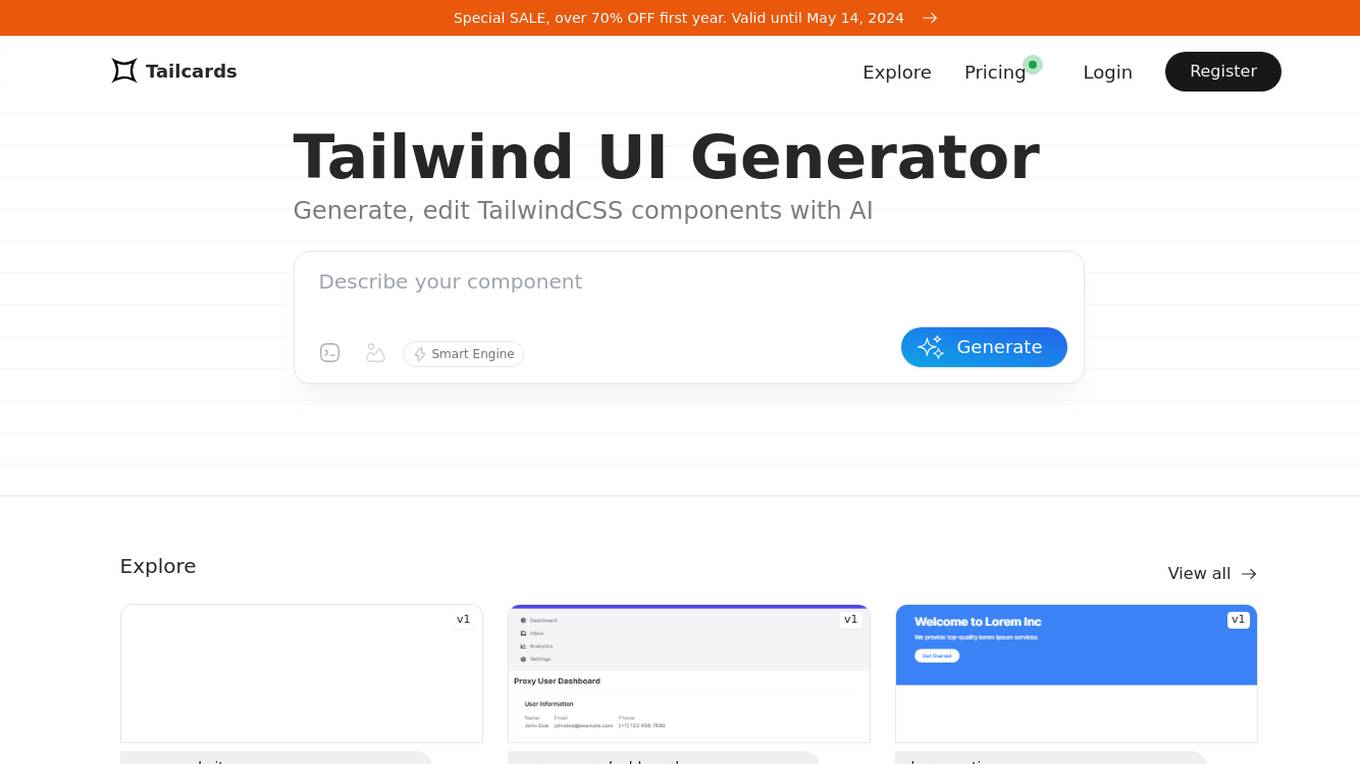
Tailcards
Tailcards is an AI-powered tool that offers a Tailwind UI Generator to help users generate and edit TailwindCSS components with an AI Smart Engine. Users can explore pricing options, subscribe for product updates, and access FAQs, changelog, terms of use, and privacy policy. The tool aims to streamline the process of designing and customizing UI components for web development projects, providing a user-friendly interface and efficient workflow.
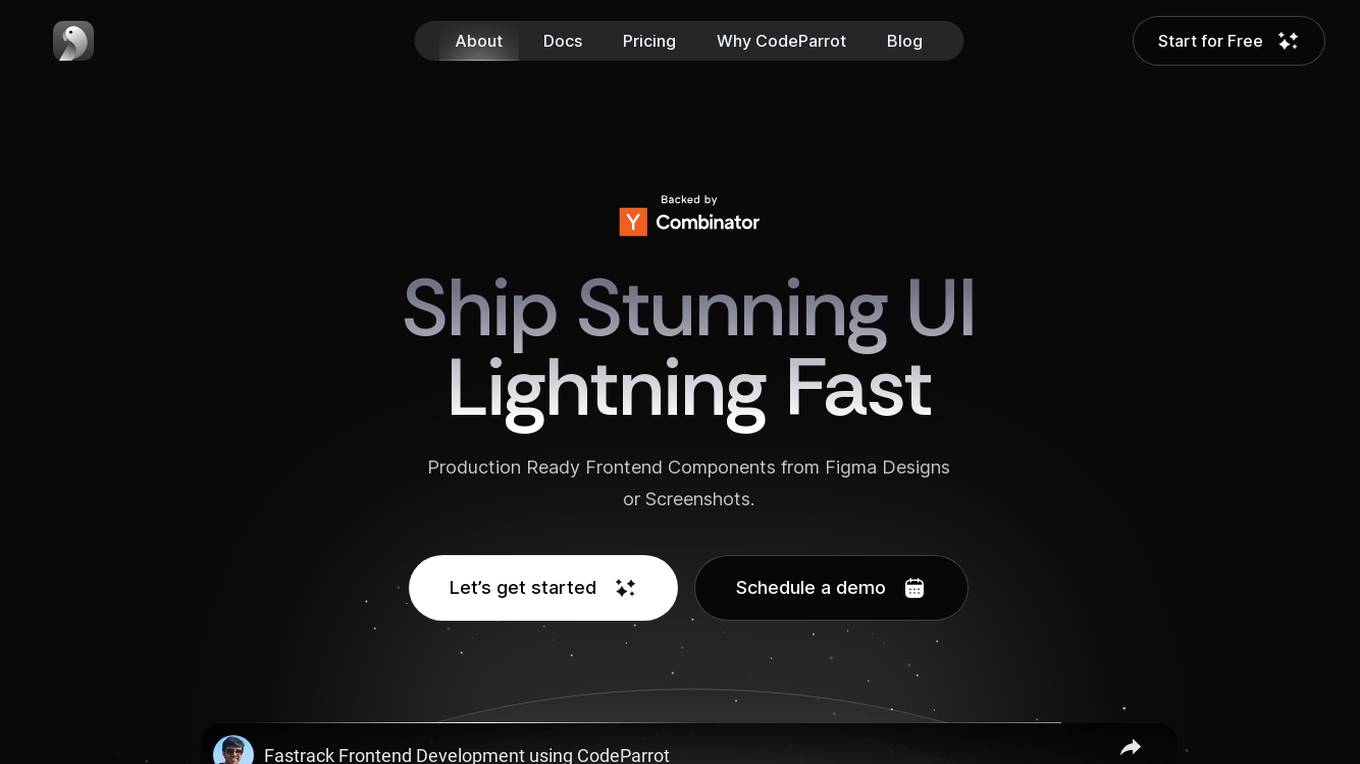
CodeParrot
CodeParrot is an AI tool designed to speed up frontend development tasks by generating production-ready frontend components from Figma design files using Large Language Models. It helps developers reduce UI development time, improve code quality, and focus on more creative tasks. CodeParrot offers customization options, support for frameworks like React, Vue, and Angular, and integrates seamlessly into various workflows, making it a must-have tool for developers looking to enhance their frontend development process.
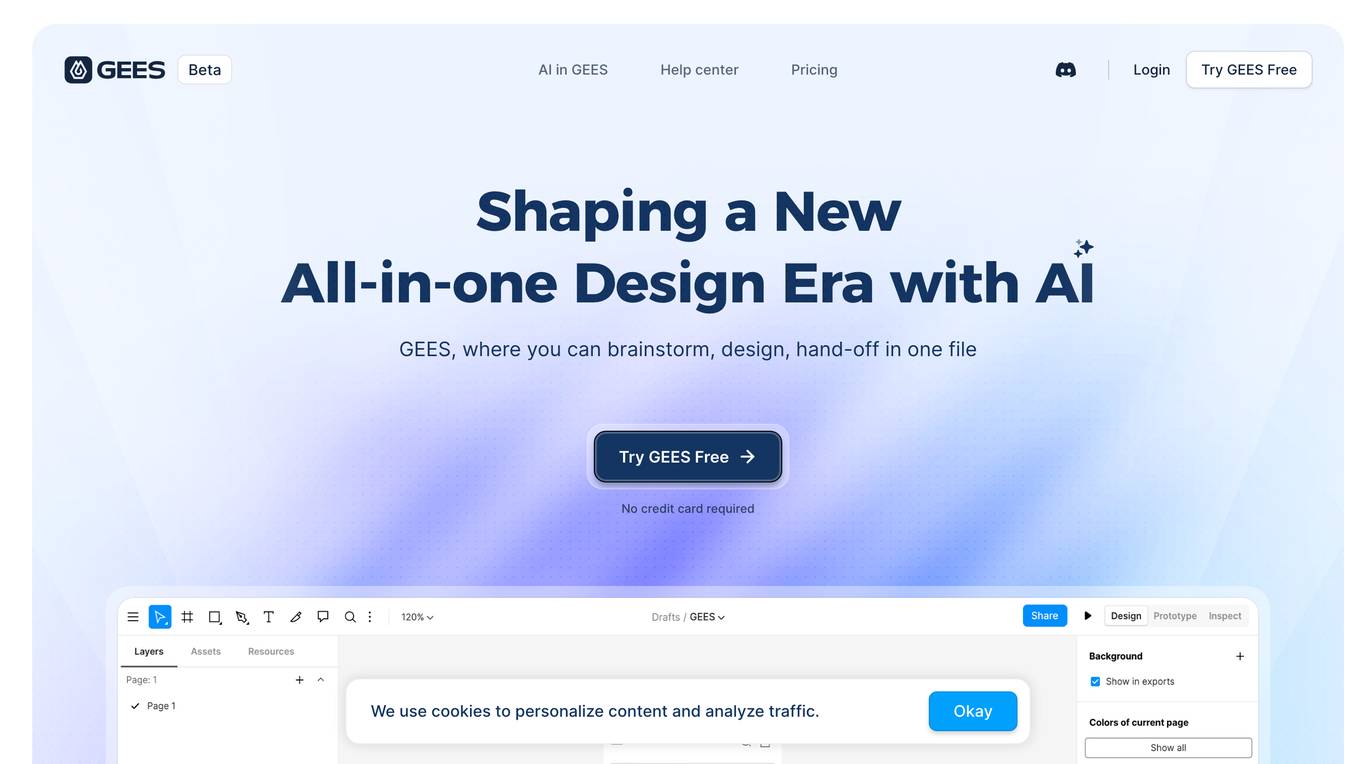
GEES
GEES is an all-in-one AI design platform that revolutionizes the design process by offering a comprehensive suite of tools for brainstorming, designing, and hand-off in one file. With GEES AI Assistant, users can generate components and drafts effortlessly, handle diverse design tasks, and elevate workflow efficiency. The platform allows for customized workflows by integrating AI blocks, enabling users to build innovative workflows step by step. GEES supports various design file formats, ensures data security with robust features, and offers a seamless experience from planning to handoff.
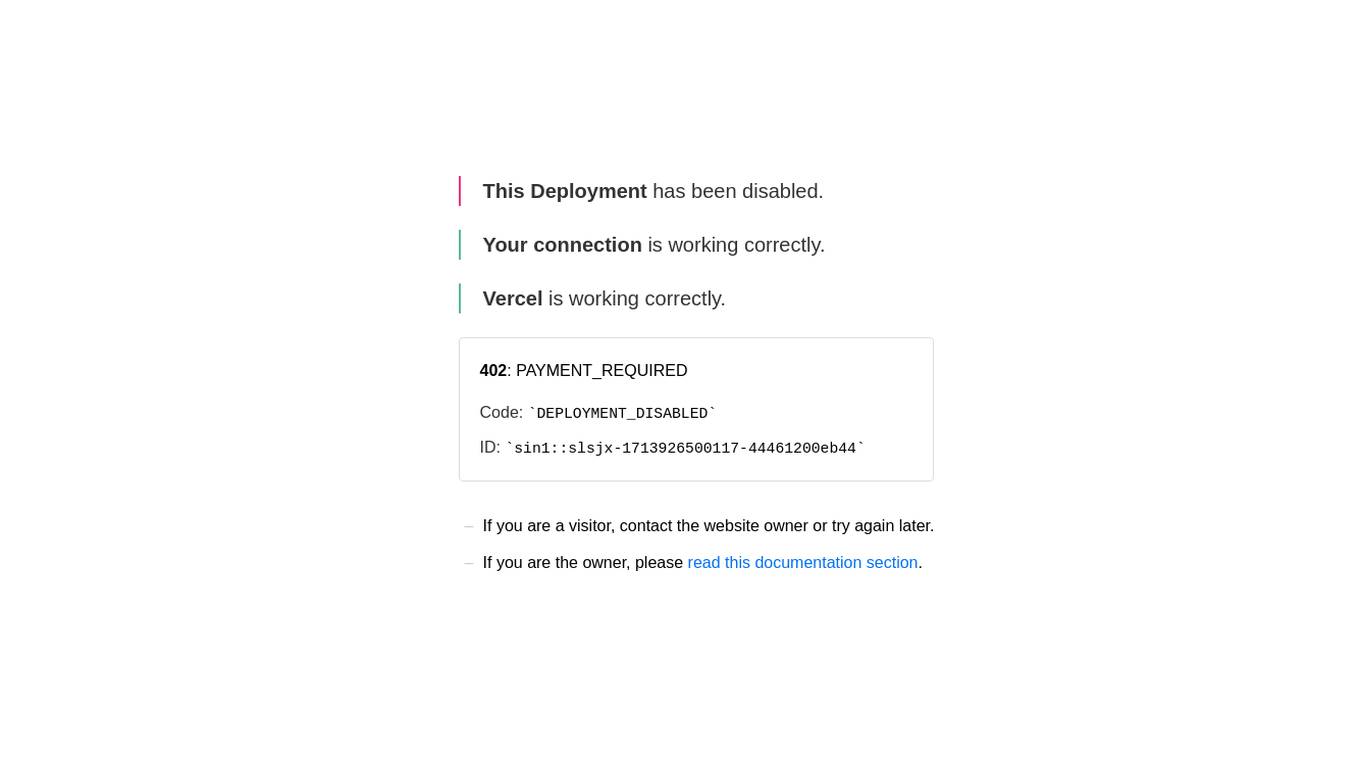
UIGPT Feedback
UIGPT Feedback is an AI-powered tool for fast UI components prototyping and design. It allows users to generate stunning components with ease, saving time and effort in the design process.
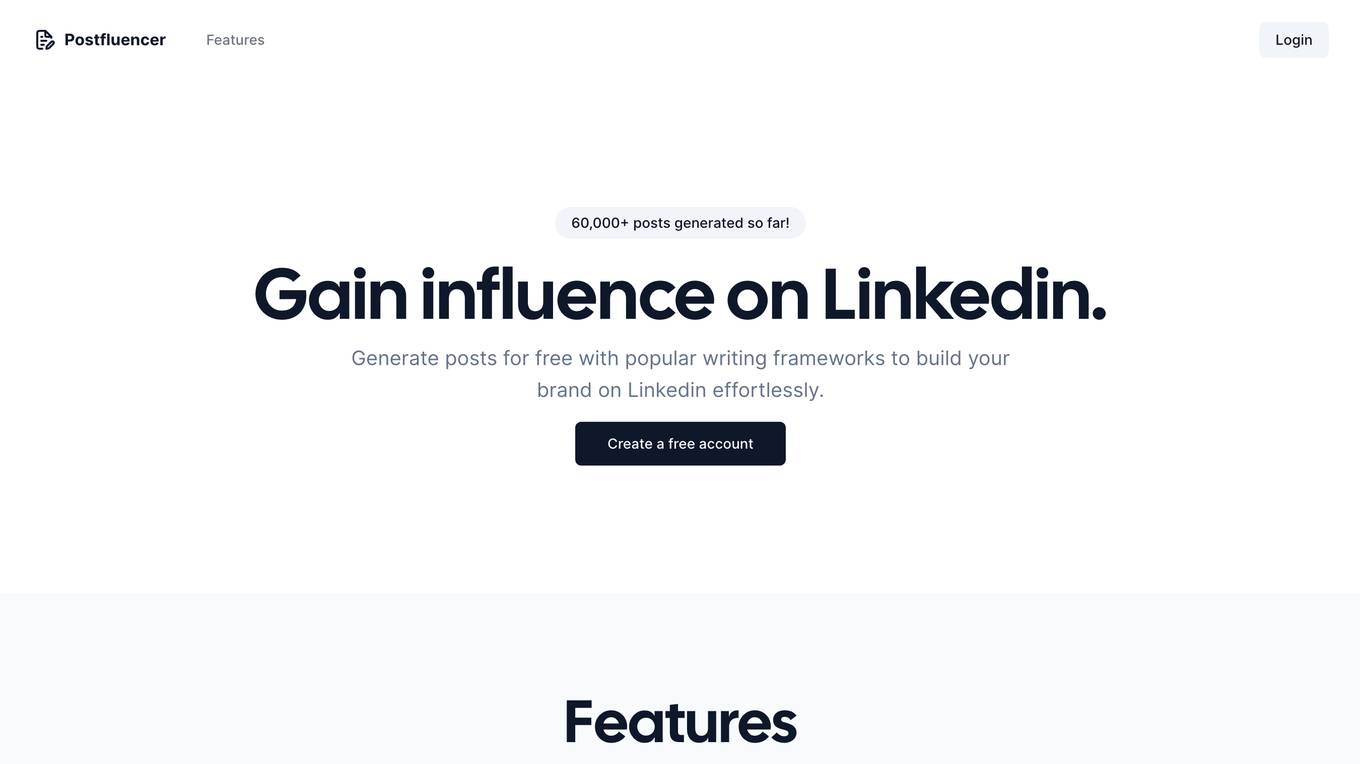
Postfluencer
Postfluencer is a platform designed to help users enhance their personal brand on LinkedIn by generating high-performing posts using popular writing frameworks. With over 70,000 posts generated so far, Postfluencer offers a user-friendly interface for creating and rewriting posts, as well as access to a variety of templates for ideation. The platform aims to simplify the process of building influence on LinkedIn by providing tools to streamline content creation and brand development.
1 - Open Source AI Tools
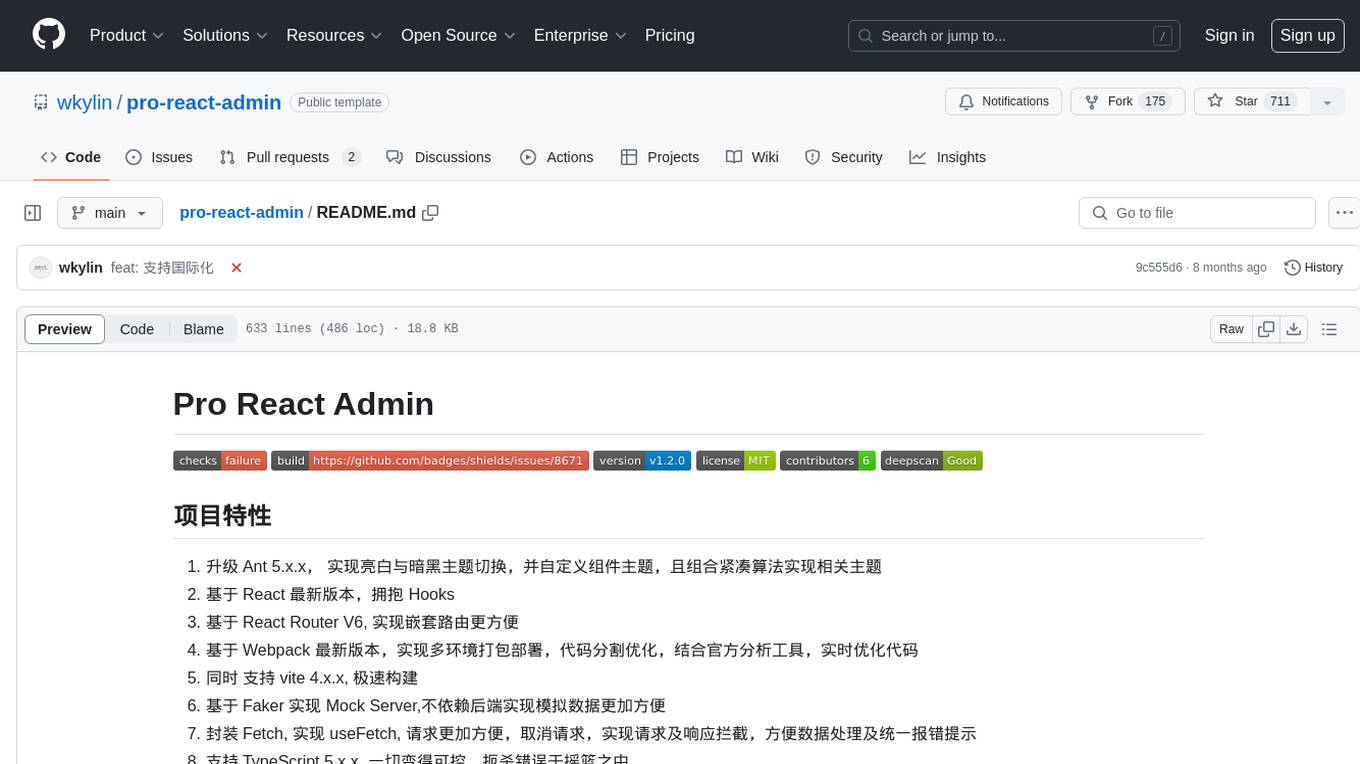
pro-react-admin
Pro React Admin is a comprehensive React admin template that includes features such as theme switching, custom component theming, nested routing, webpack optimization, TypeScript support, multi-tabs, internationalization, code styling, commit message configuration, error handling, code splitting, component documentation generation, and more. It also provides tools for mock server implementation, deployment, linting, formatting, and continuous code review. The template supports various technologies like React, React Router, Webpack, Babel, Ant Design, TypeScript, and Vite, making it suitable for building efficient and scalable React admin applications.
20 - OpenAI Gpts
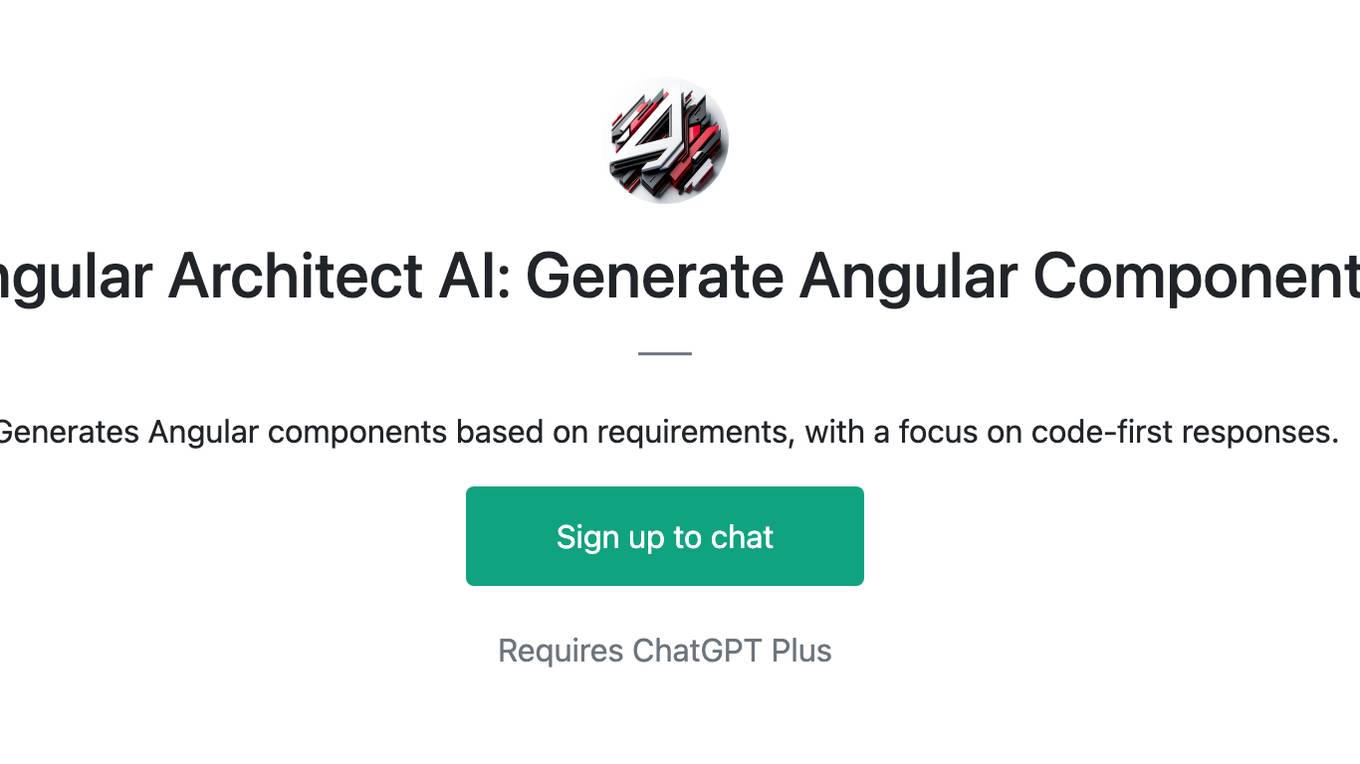
Angular Architect AI: Generate Angular Components
Generates Angular components based on requirements, with a focus on code-first responses.
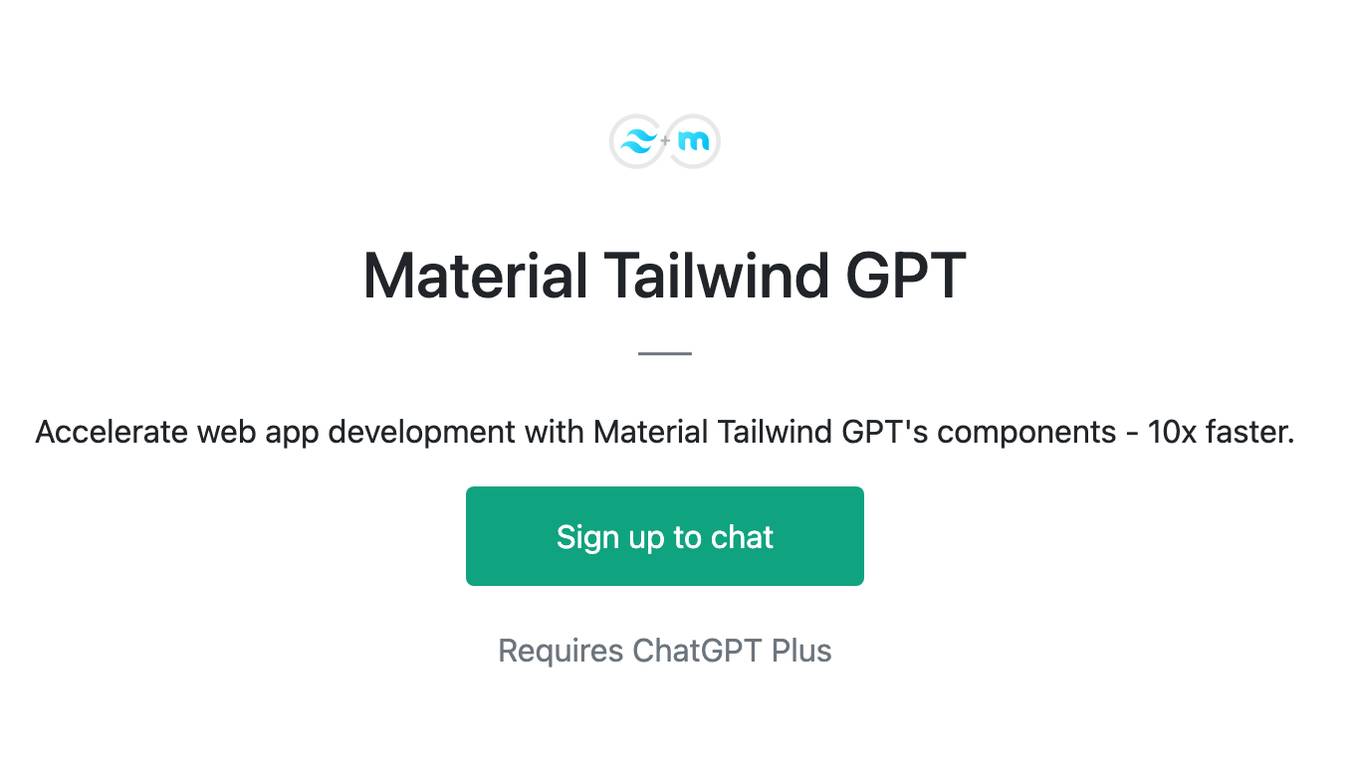
Material Tailwind GPT
Accelerate web app development with Material Tailwind GPT's components - 10x faster.
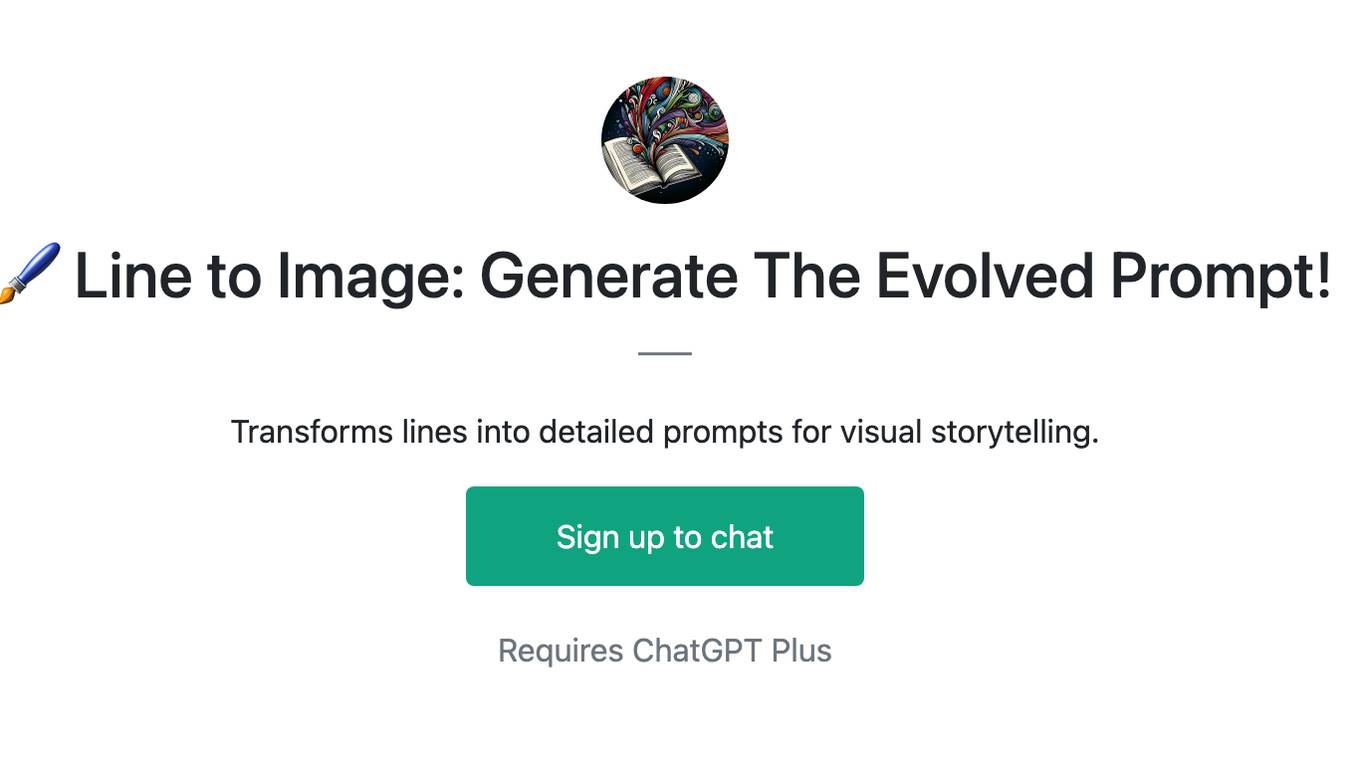
🖌️ Line to Image: Generate The Evolved Prompt!
Transforms lines into detailed prompts for visual storytelling.
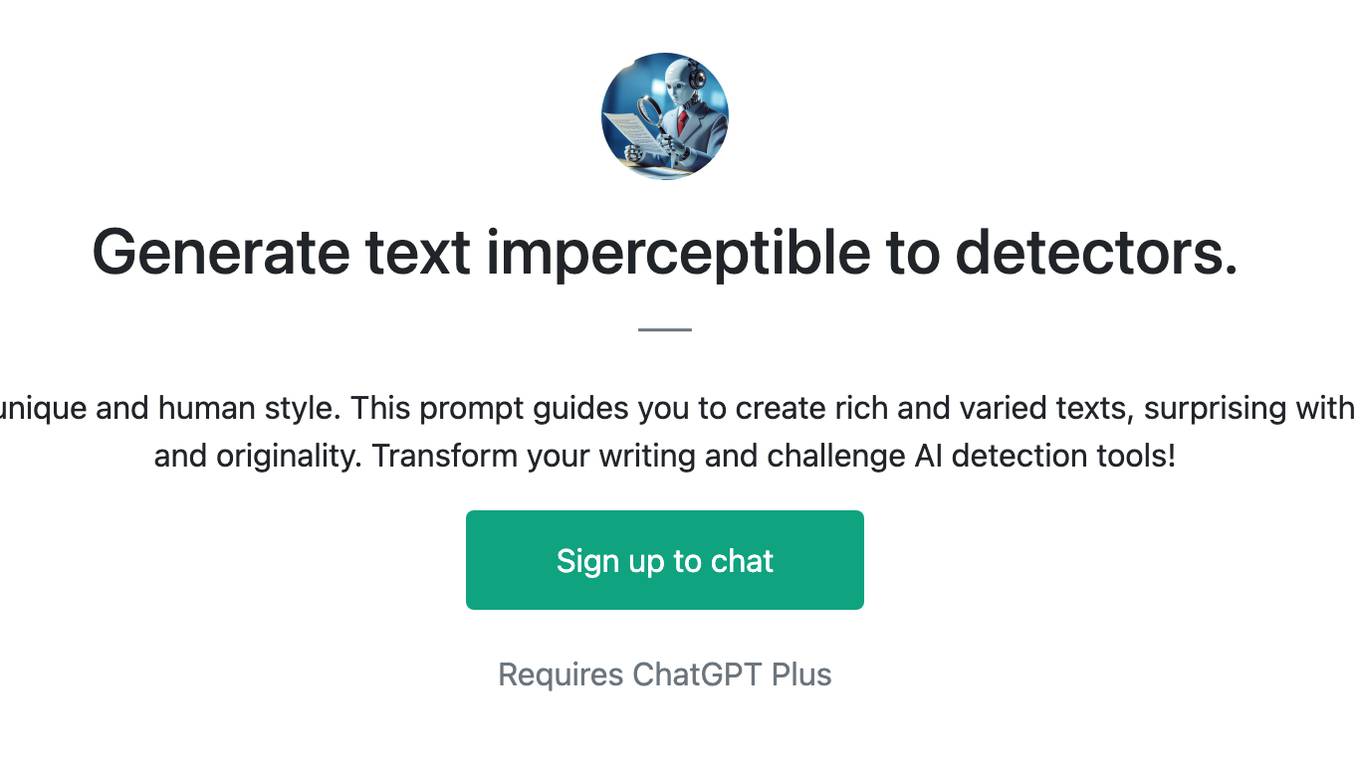
Generate text imperceptible to detectors.
Discover how your writing can shine with a unique and human style. This prompt guides you to create rich and varied texts, surprising with original twists and maintaining coherence and originality. Transform your writing and challenge AI detection tools!
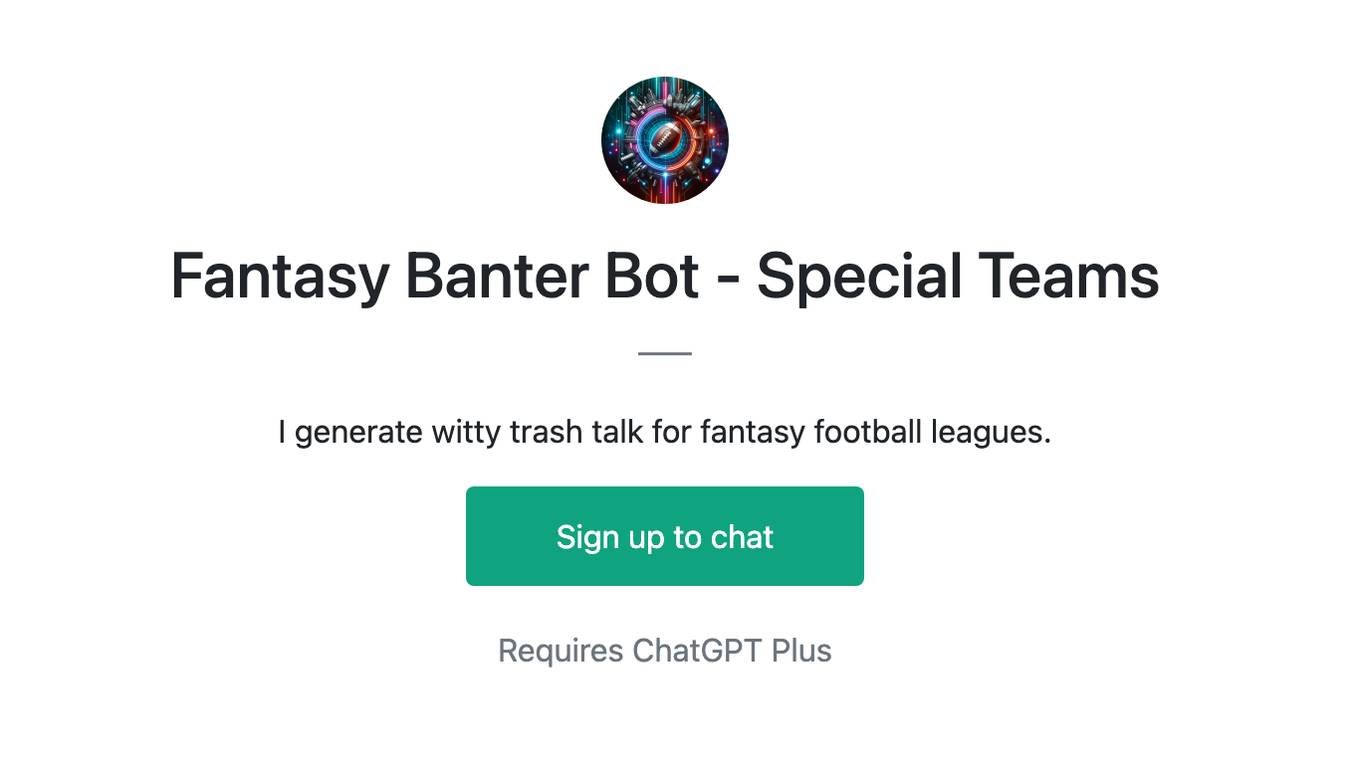
Fantasy Banter Bot - Special Teams
I generate witty trash talk for fantasy football leagues.
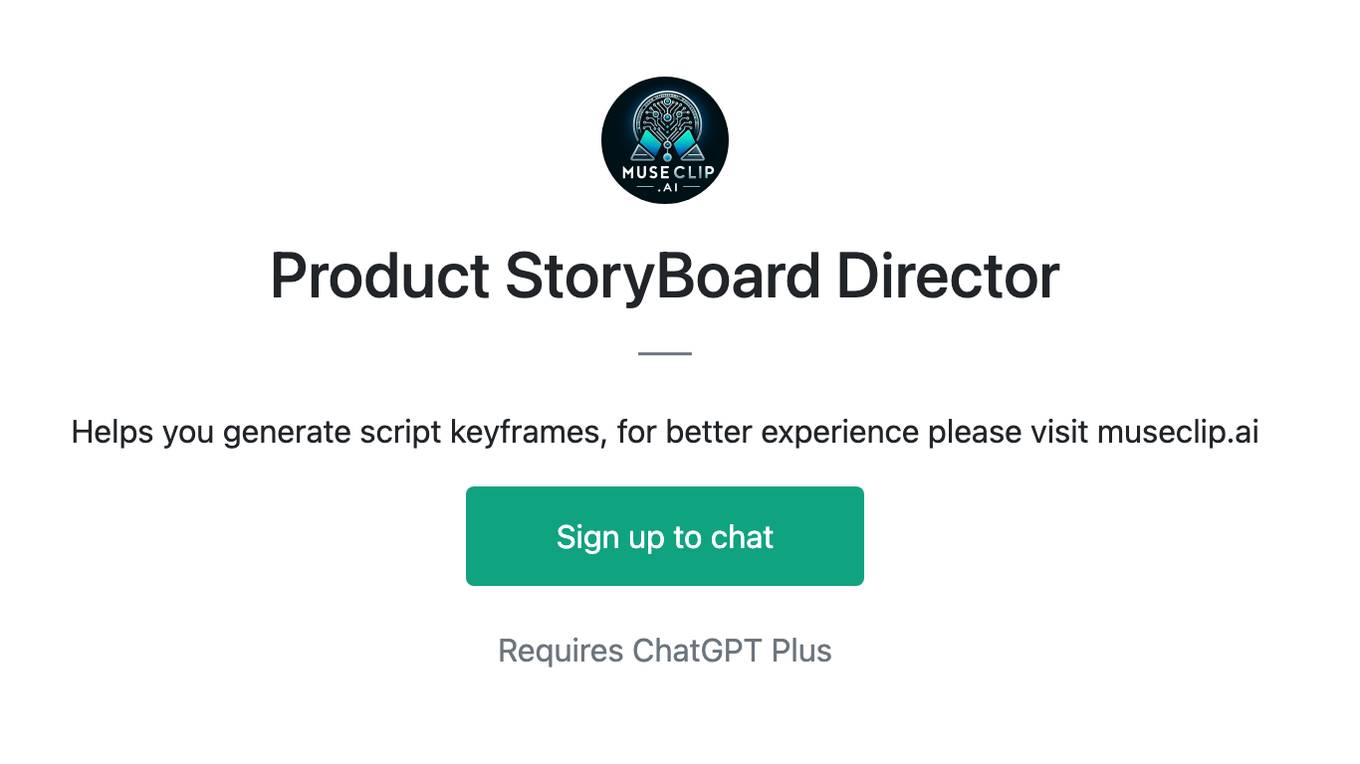
Product StoryBoard Director
Helps you generate script keyframes, for better experience please visit museclip.ai
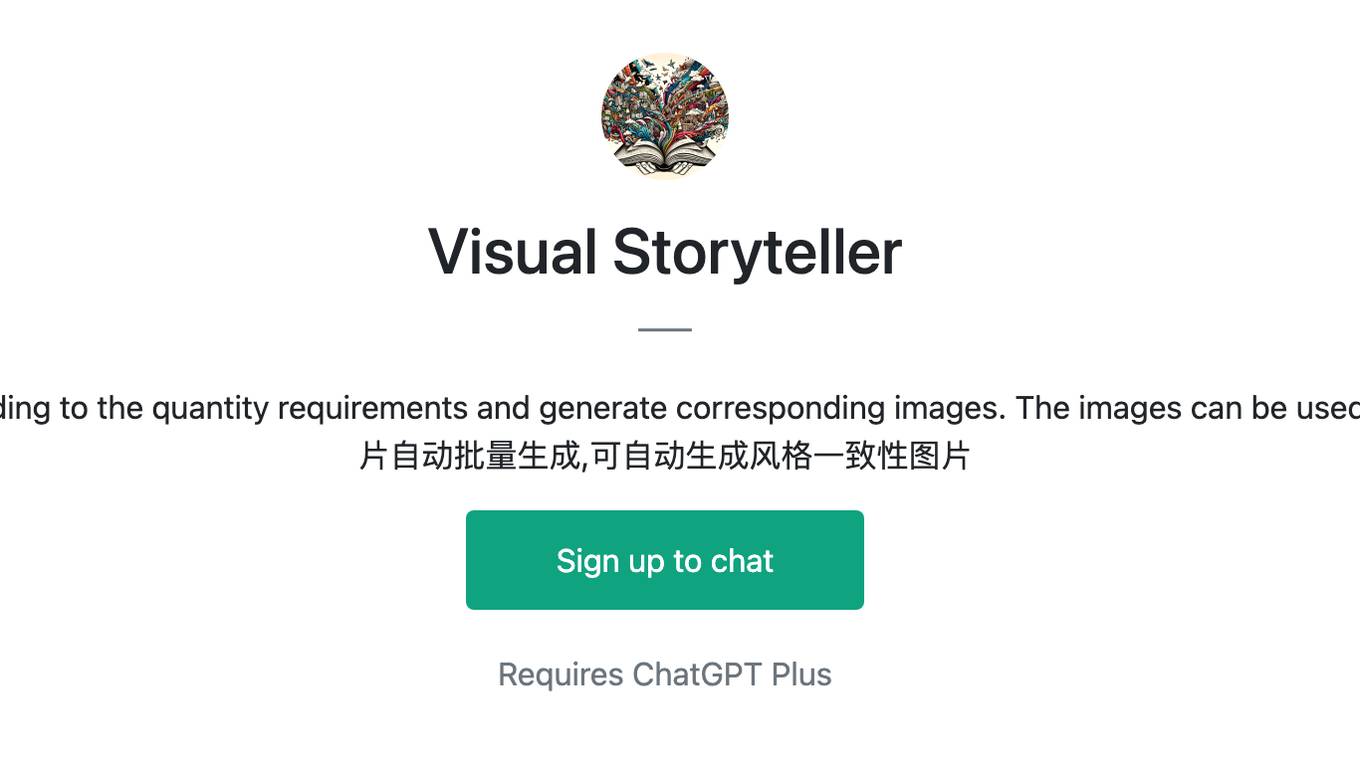
Visual Storyteller
Extract the essence of the novel story according to the quantity requirements and generate corresponding images. The images can be used directly to create novel videos.小说推文图片自动批量生成,可自动生成风格一致性图片
